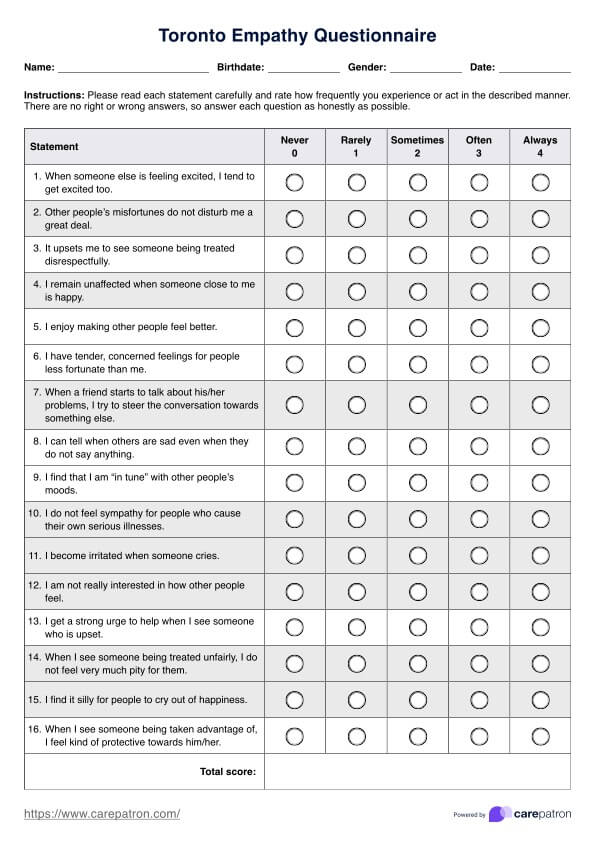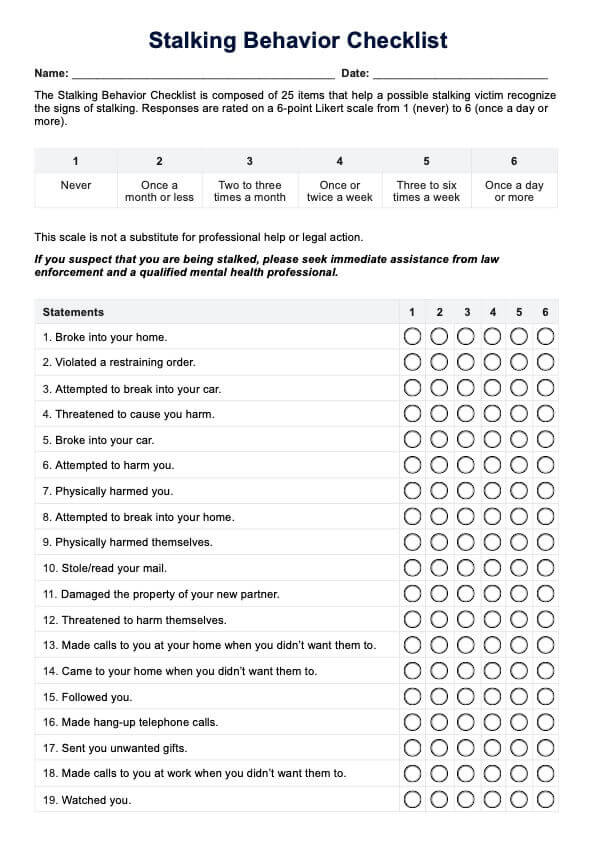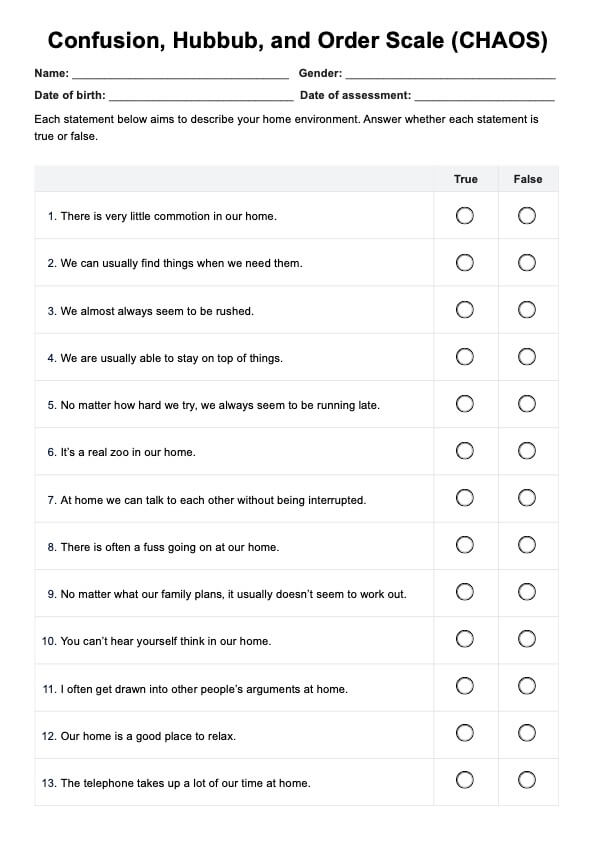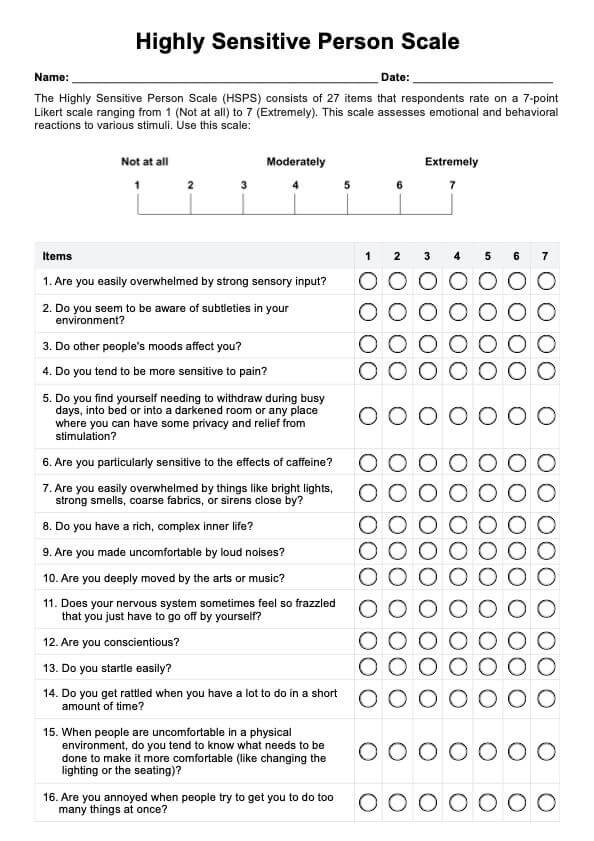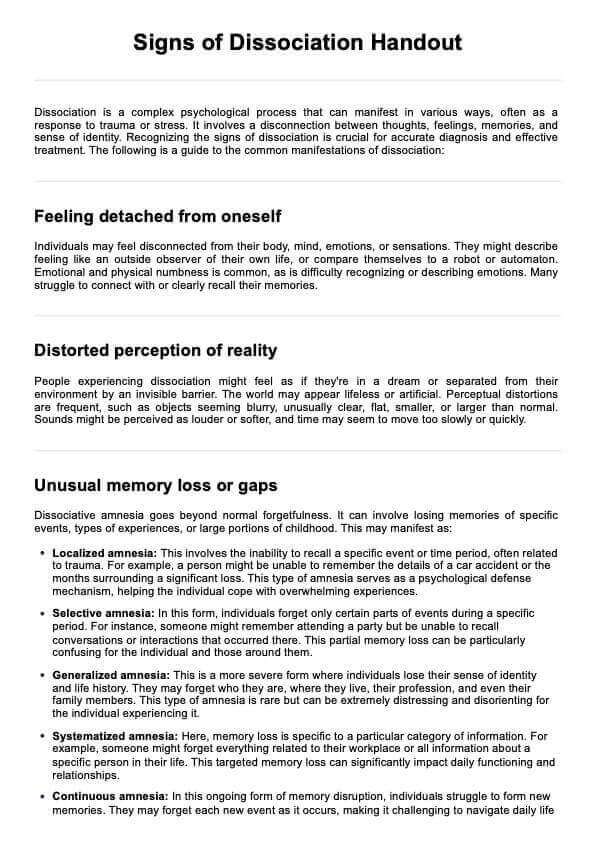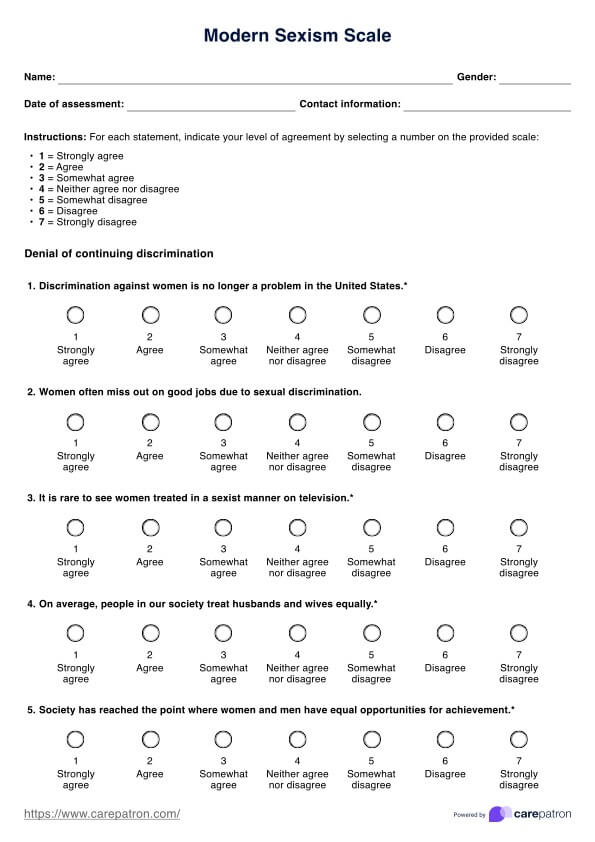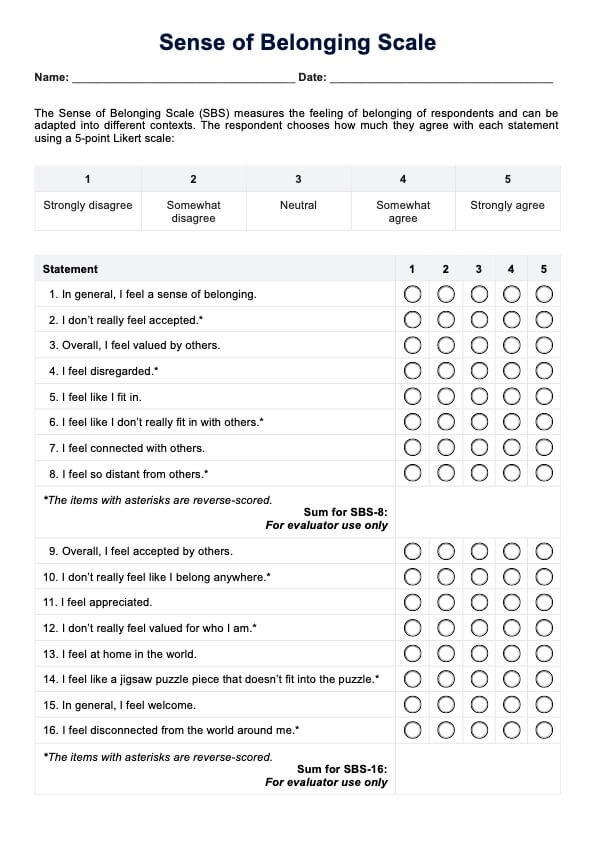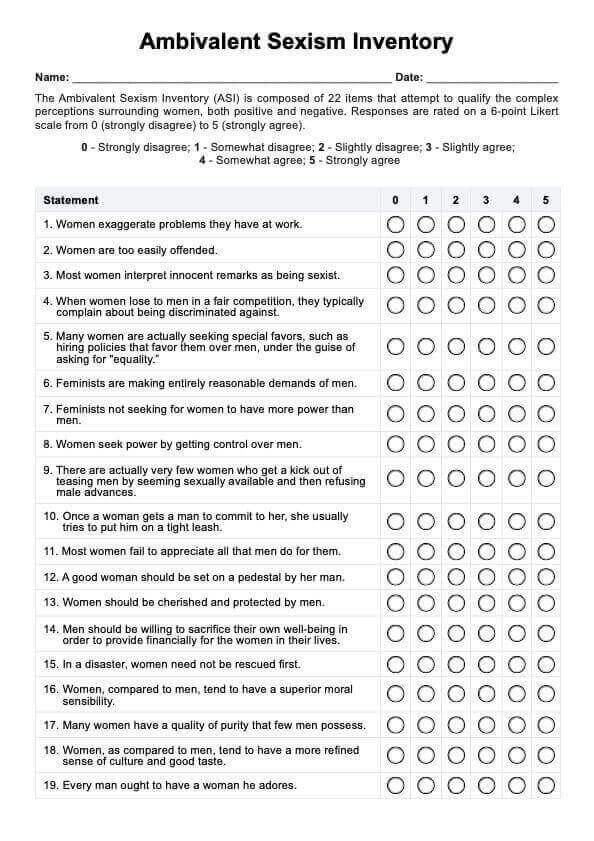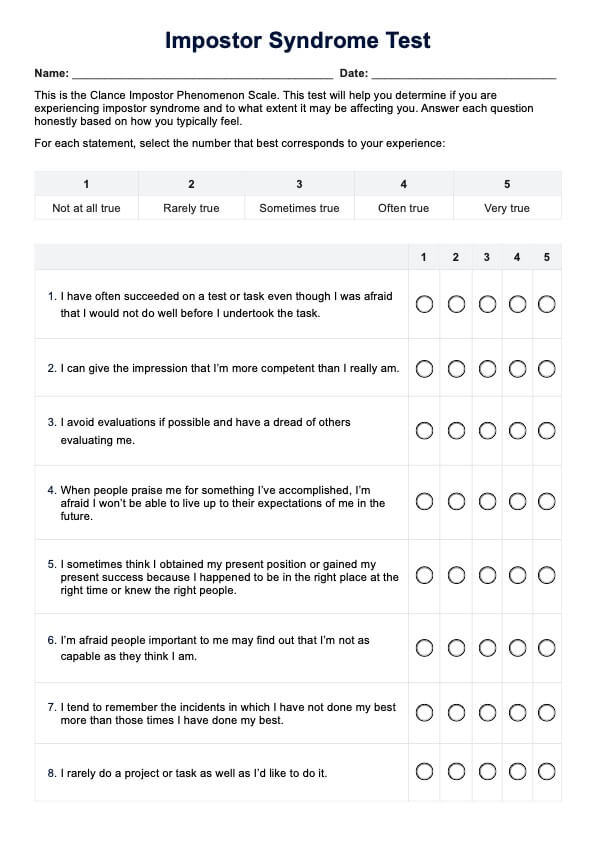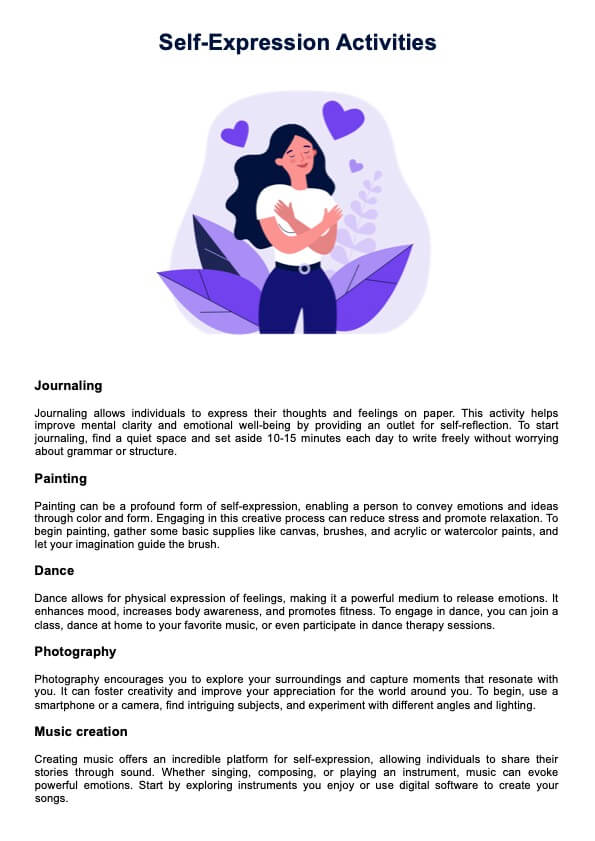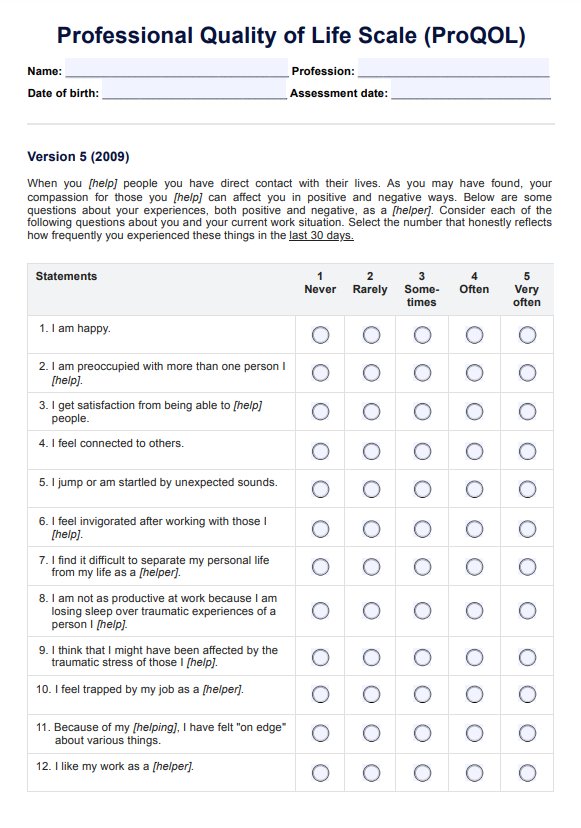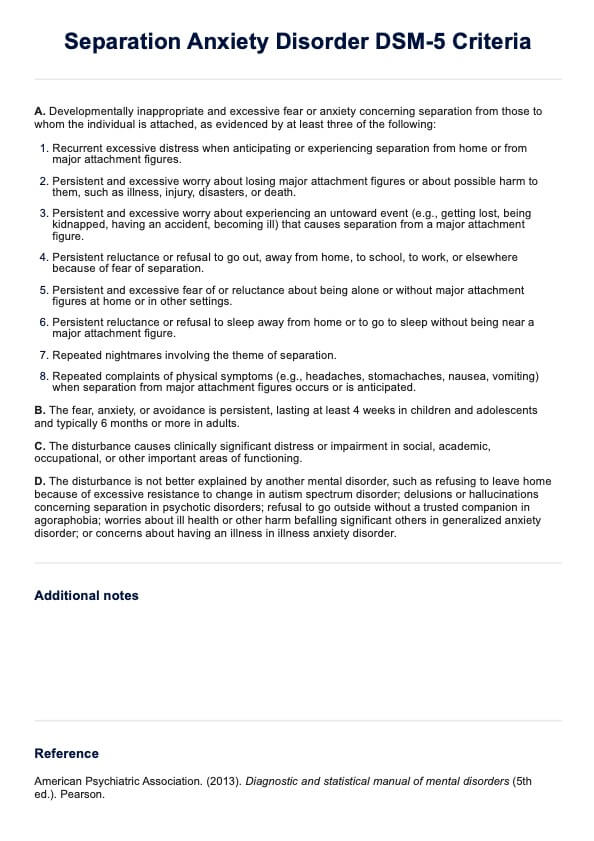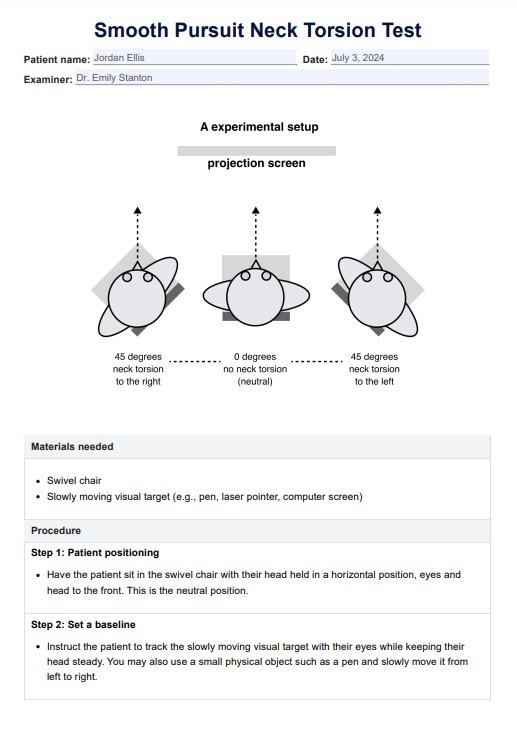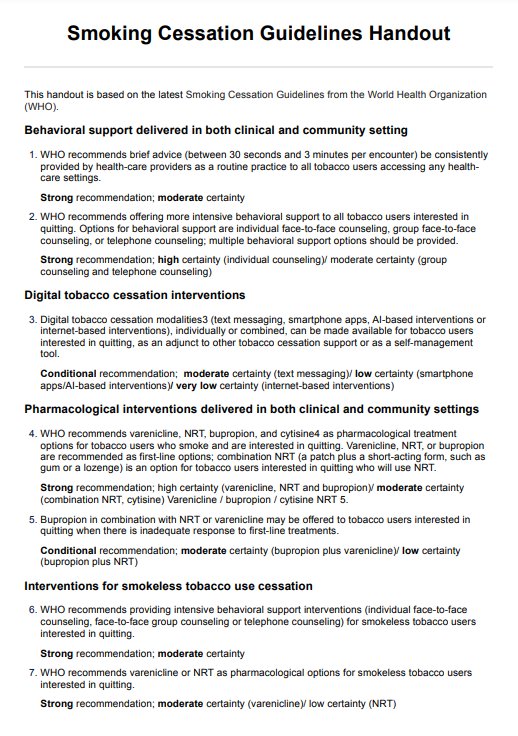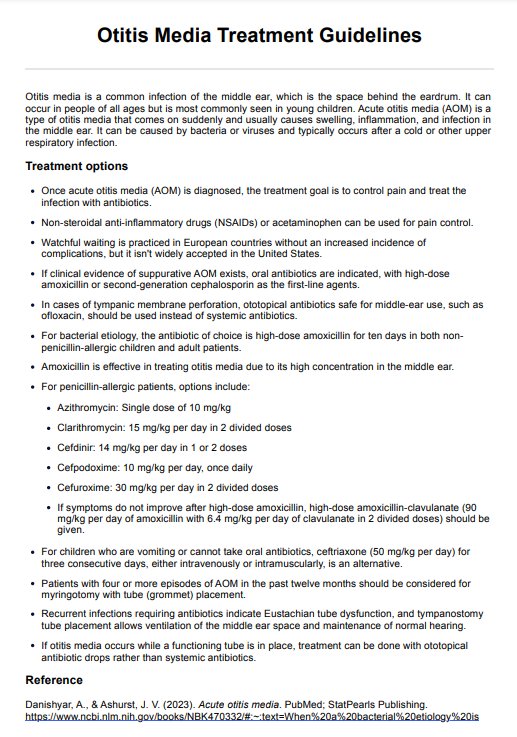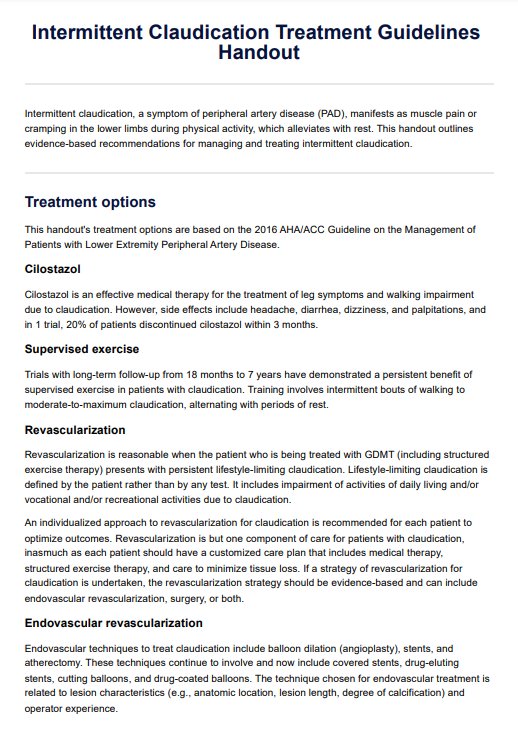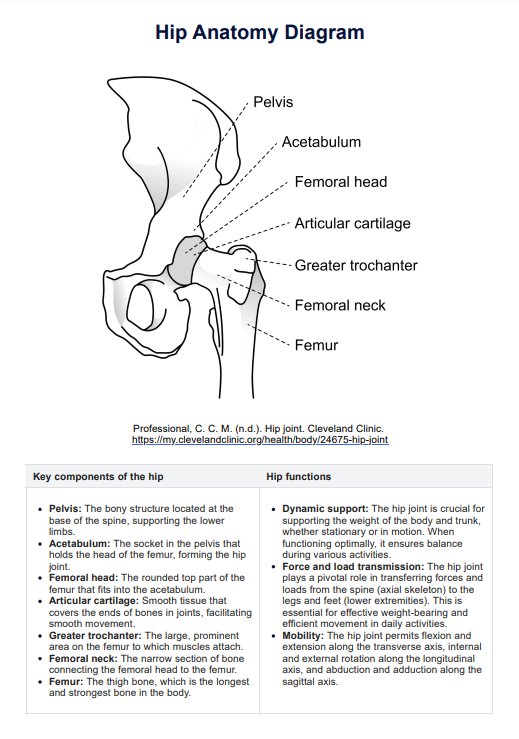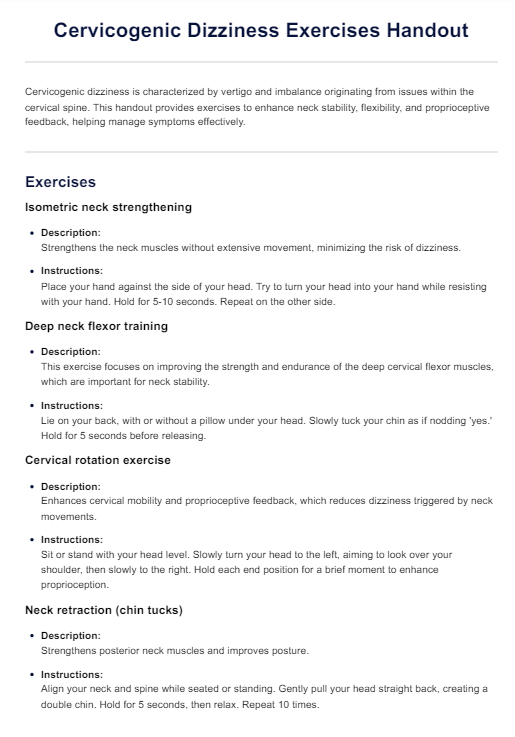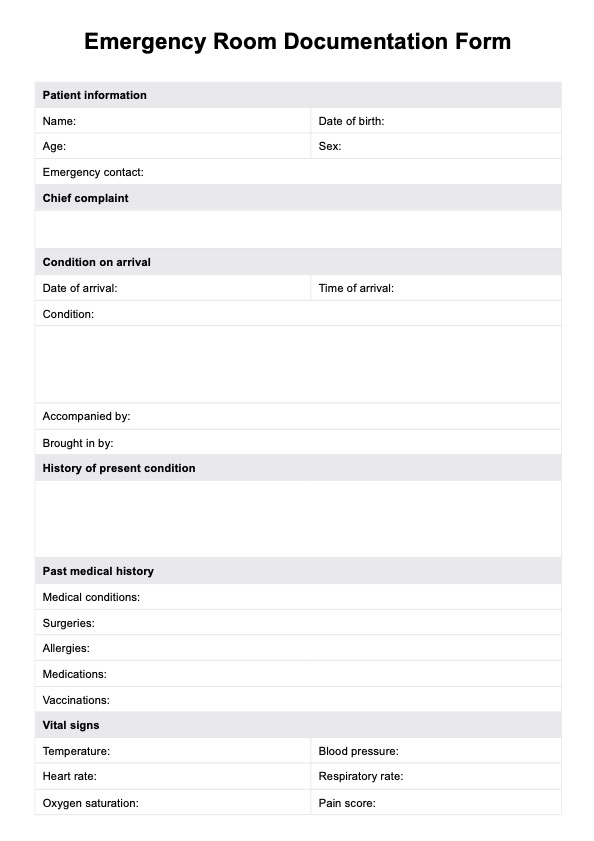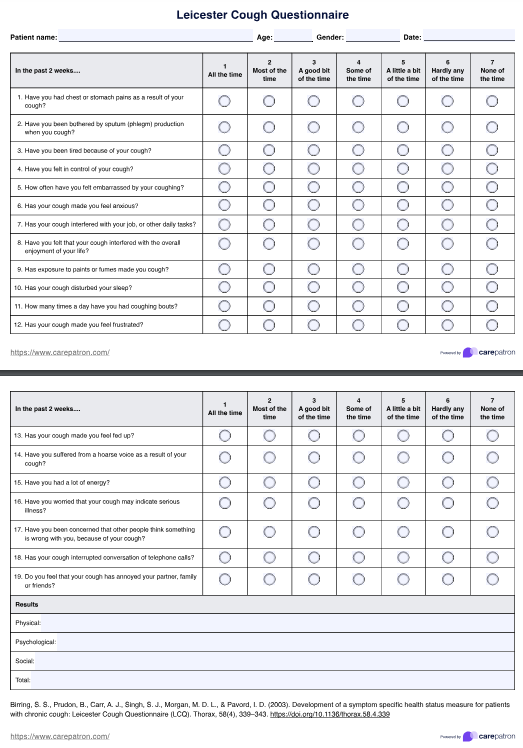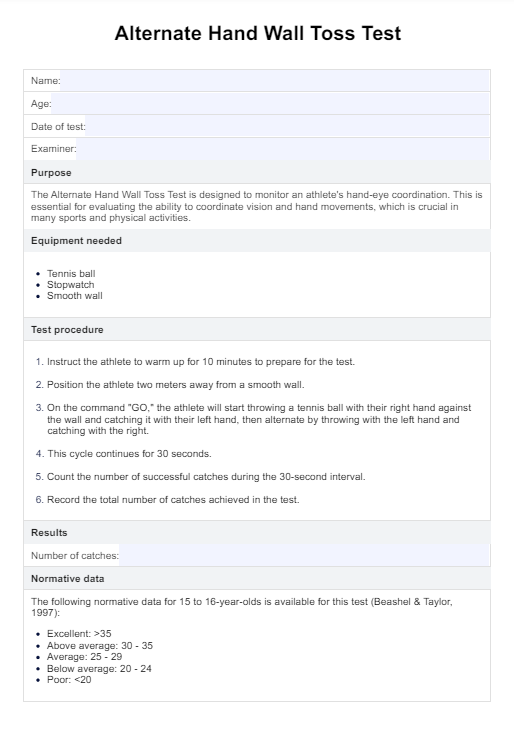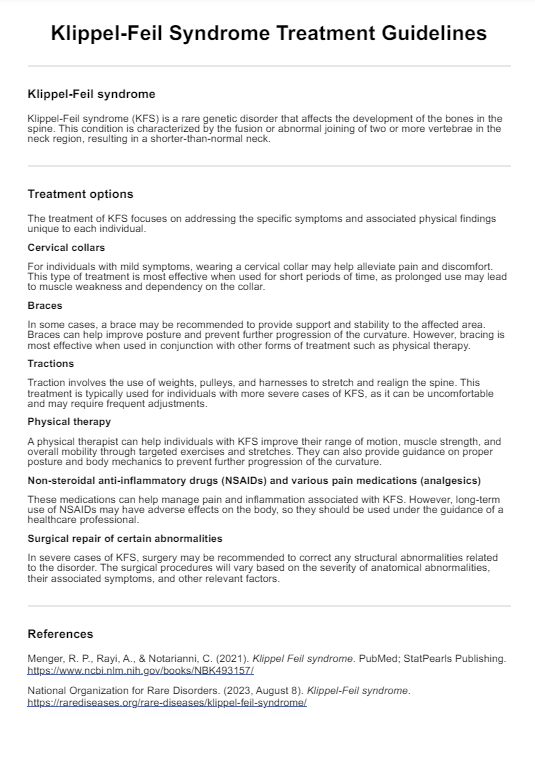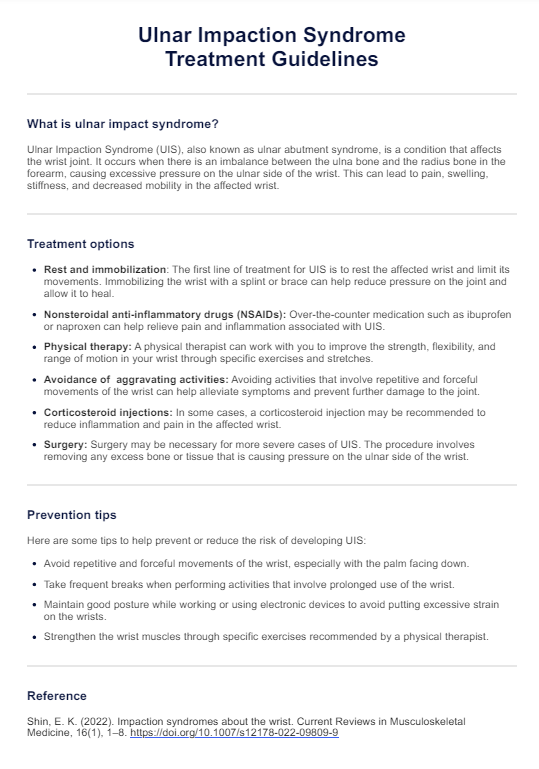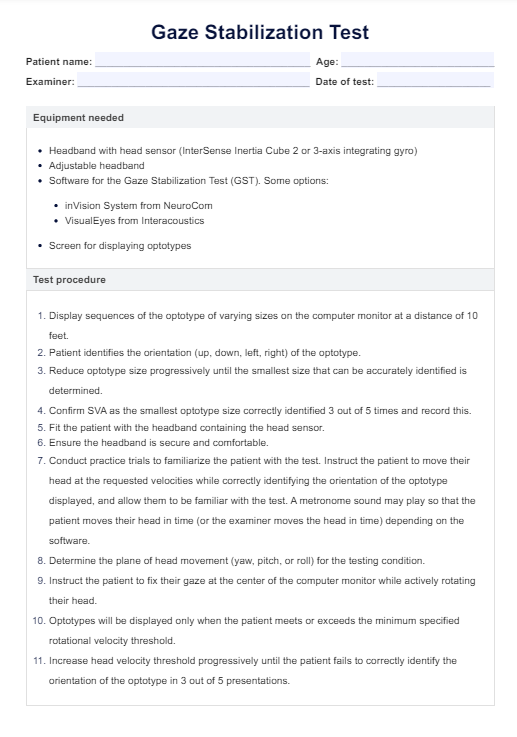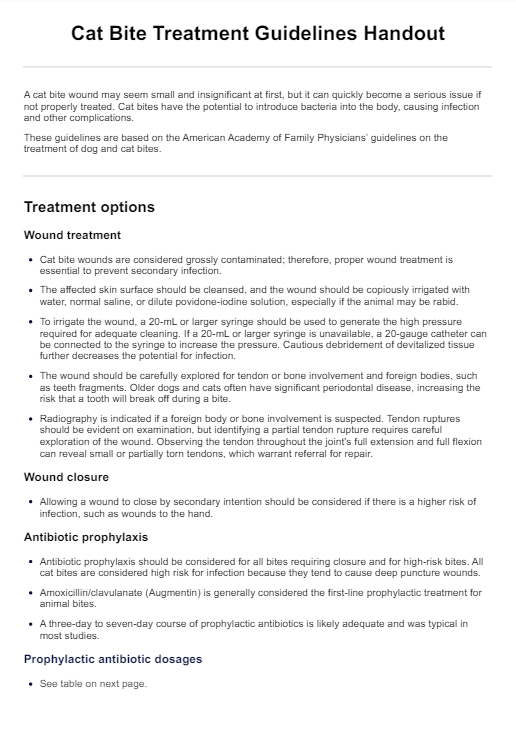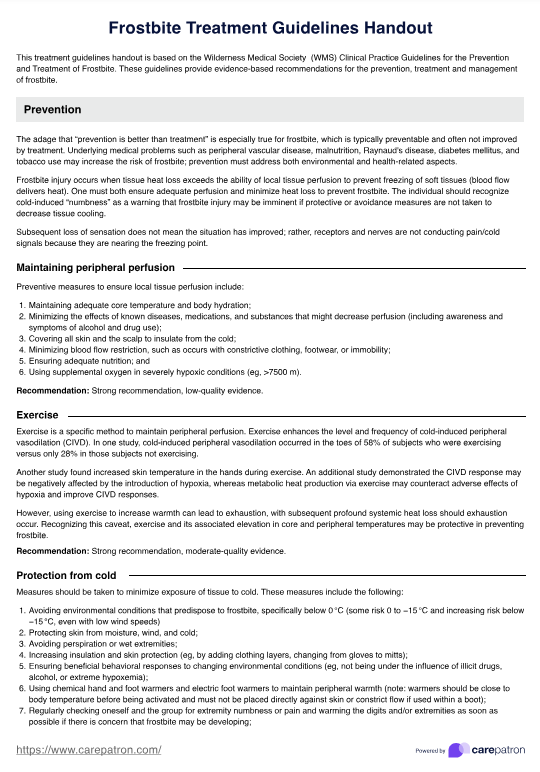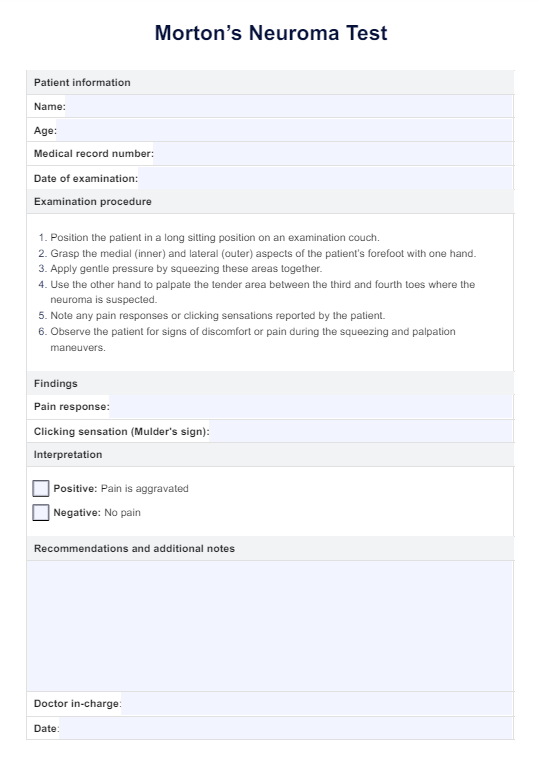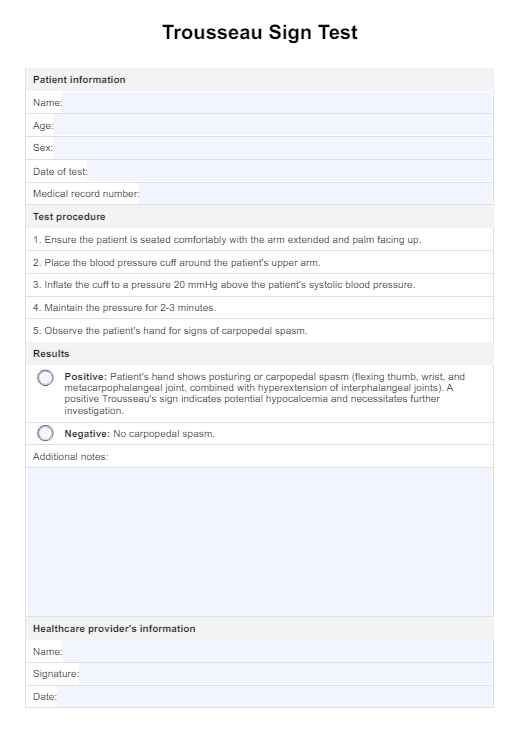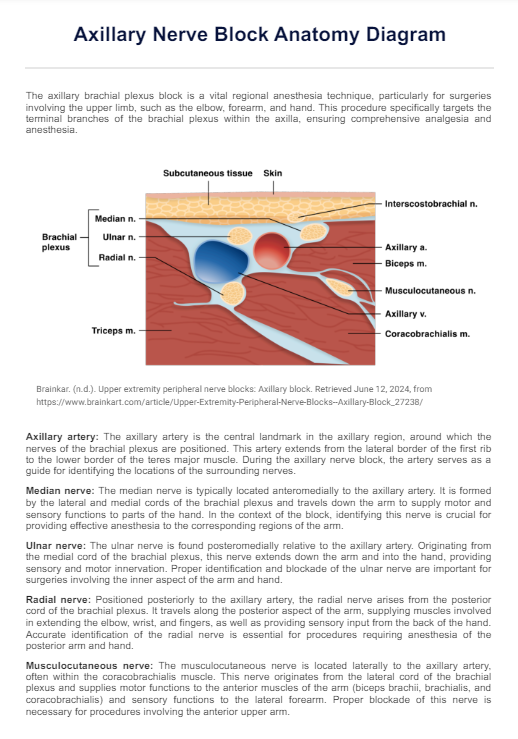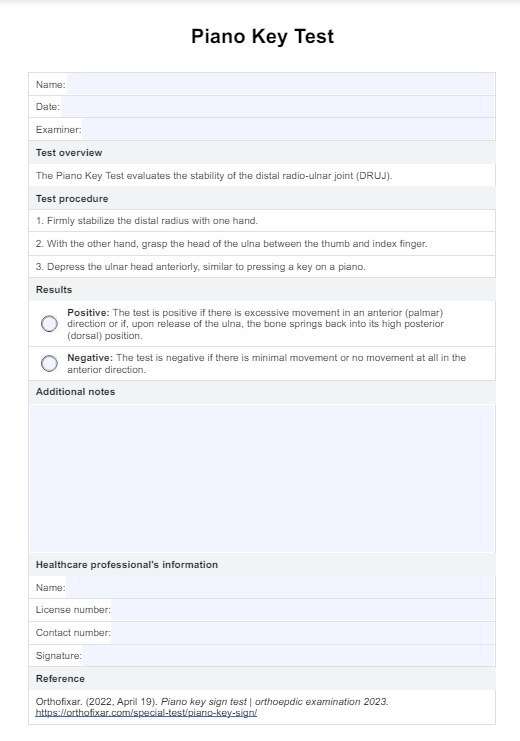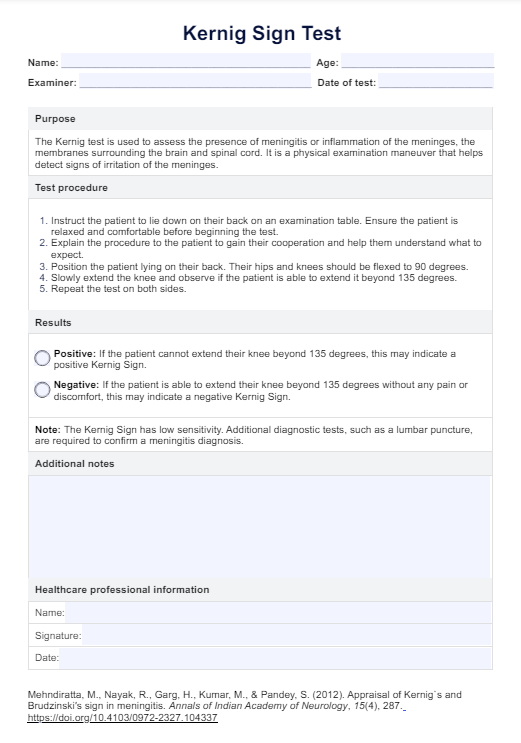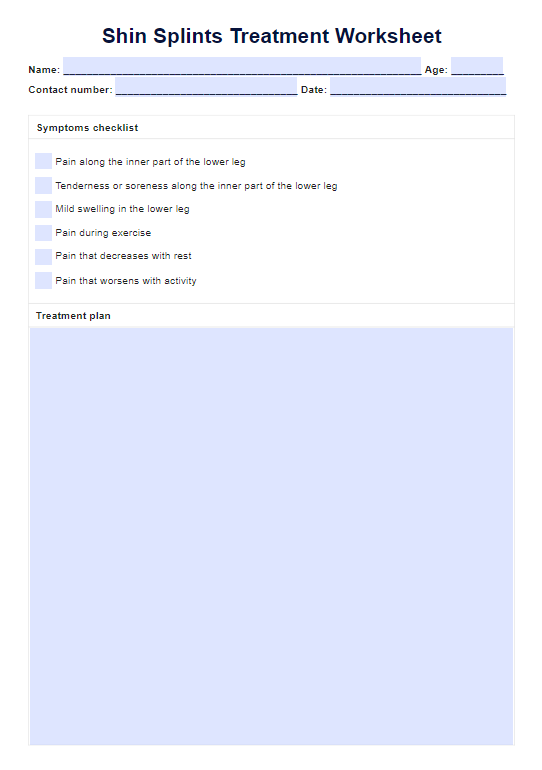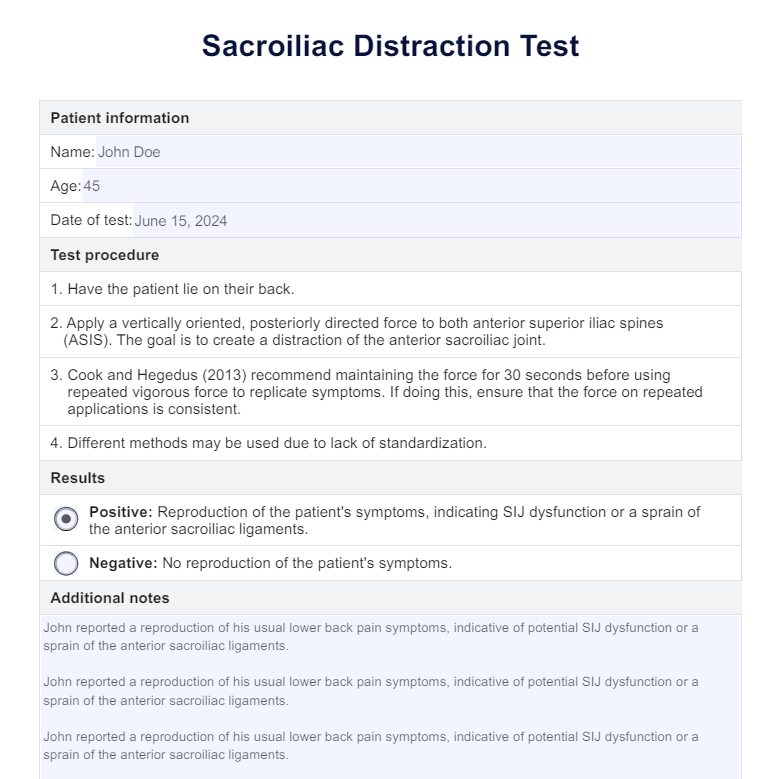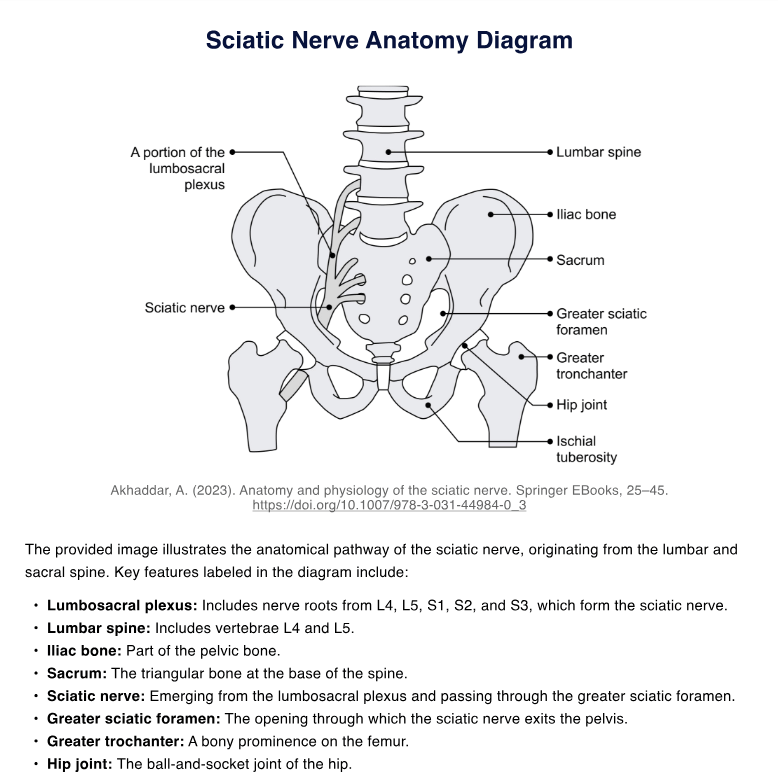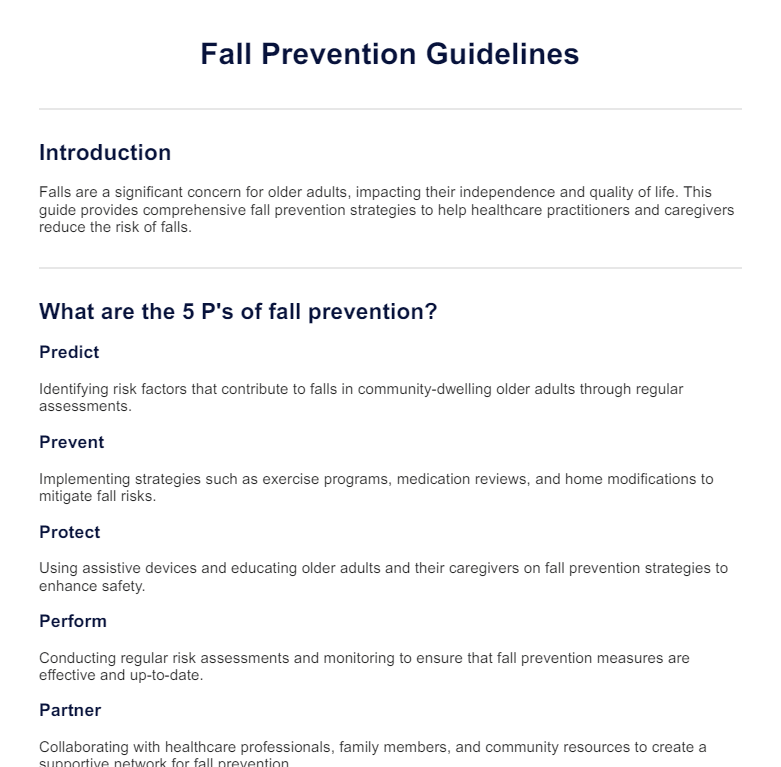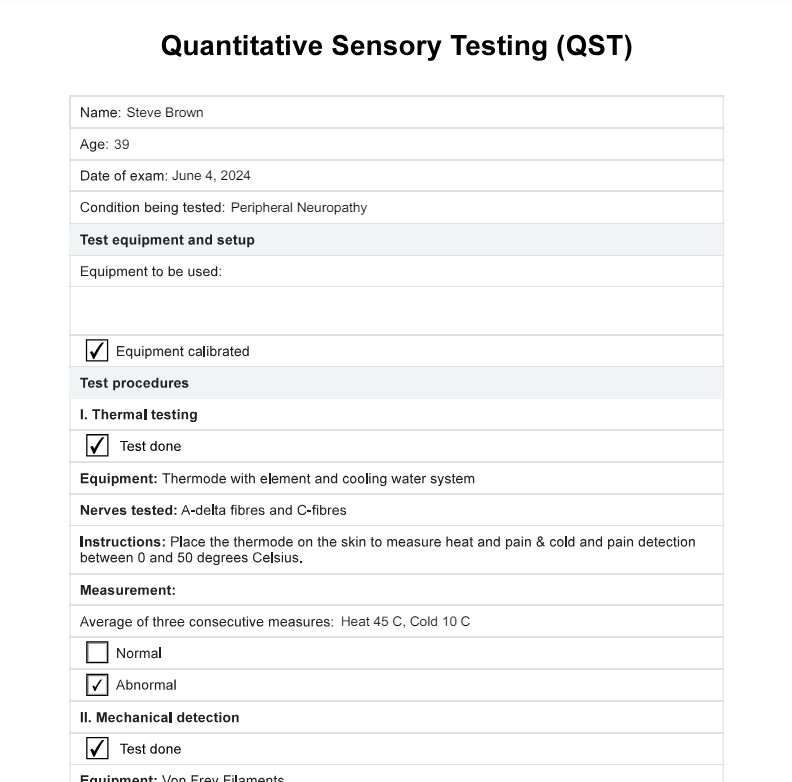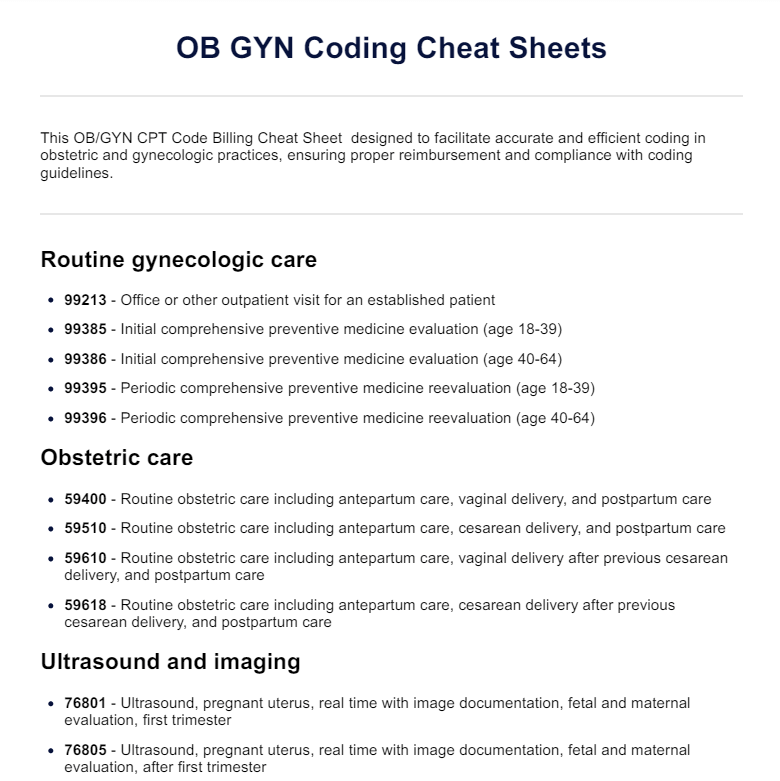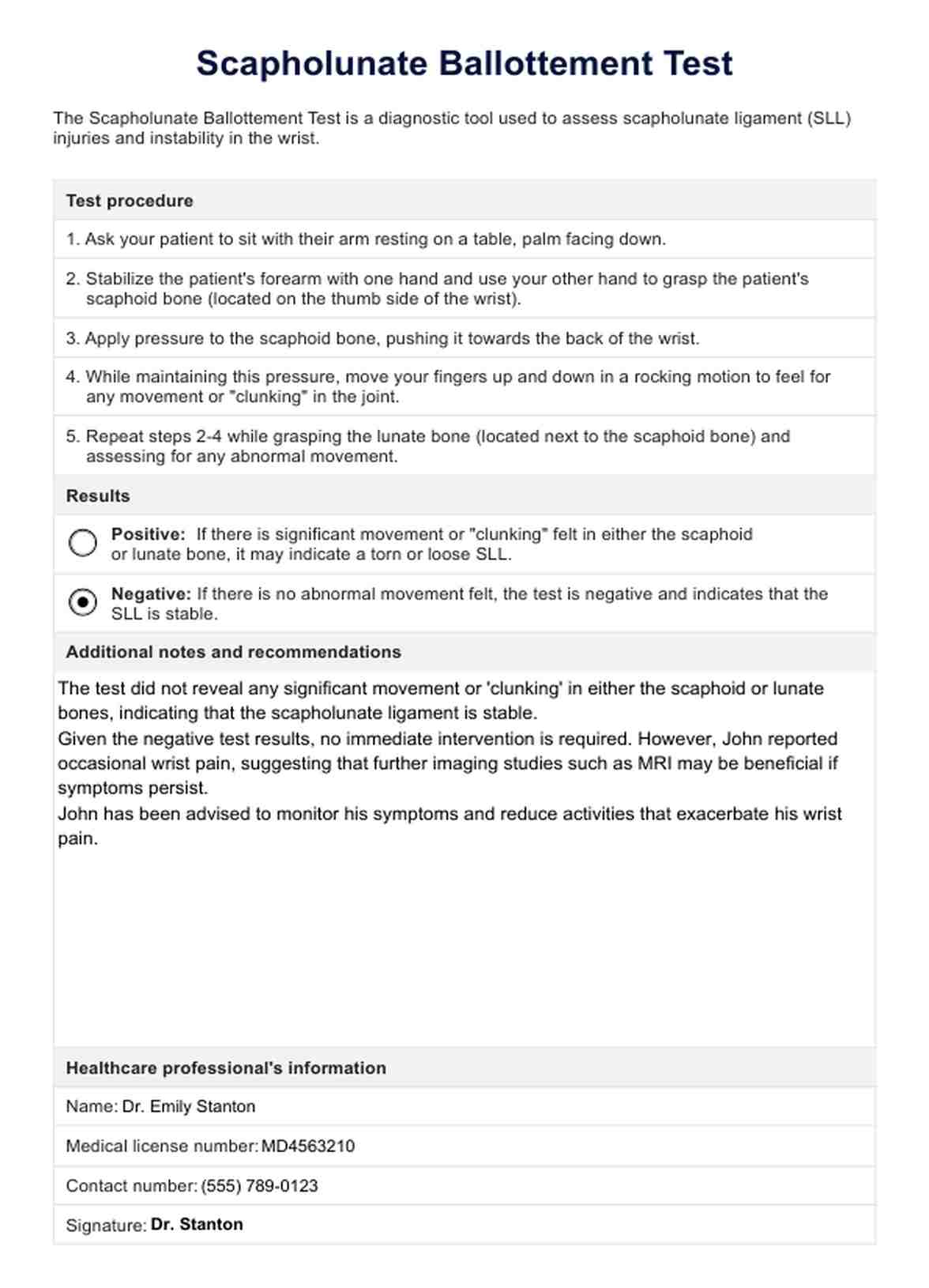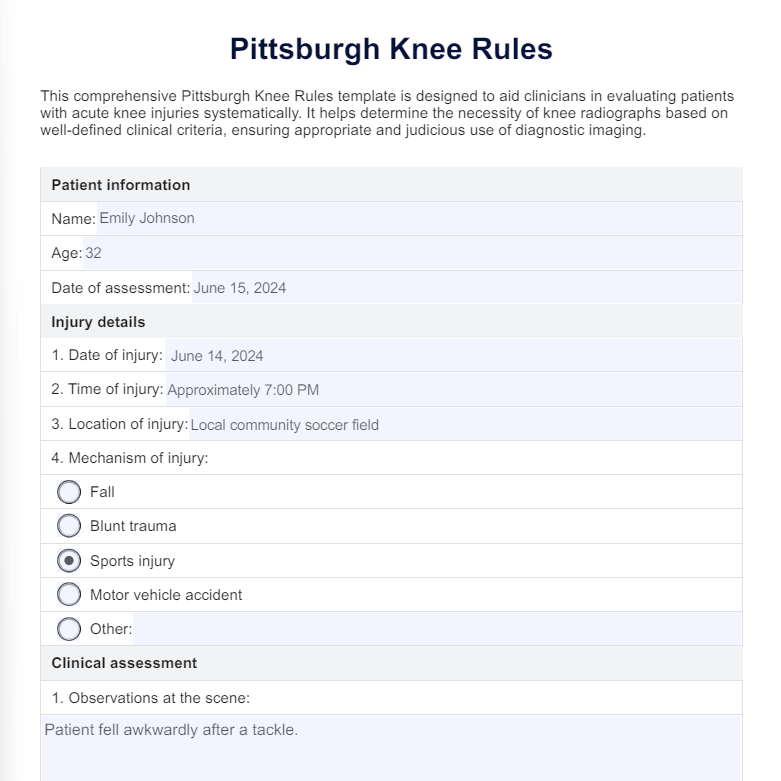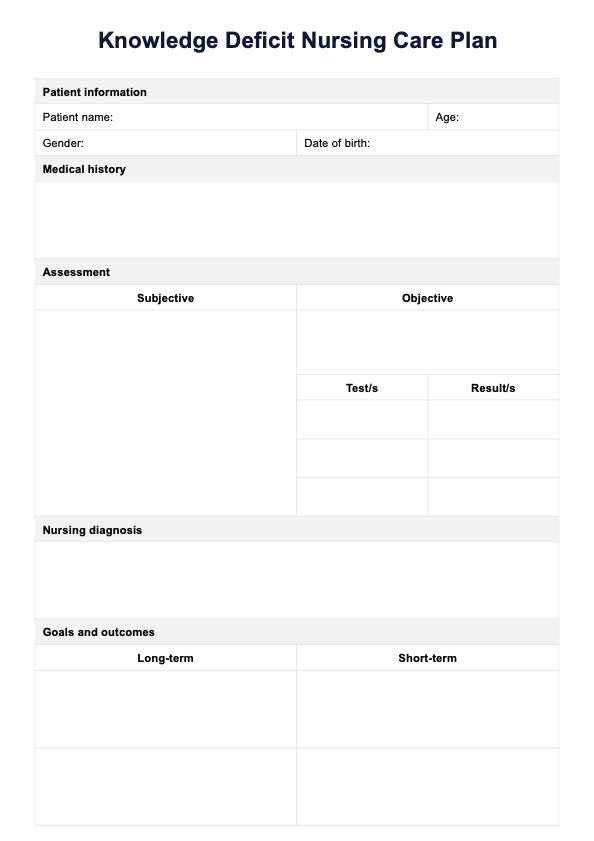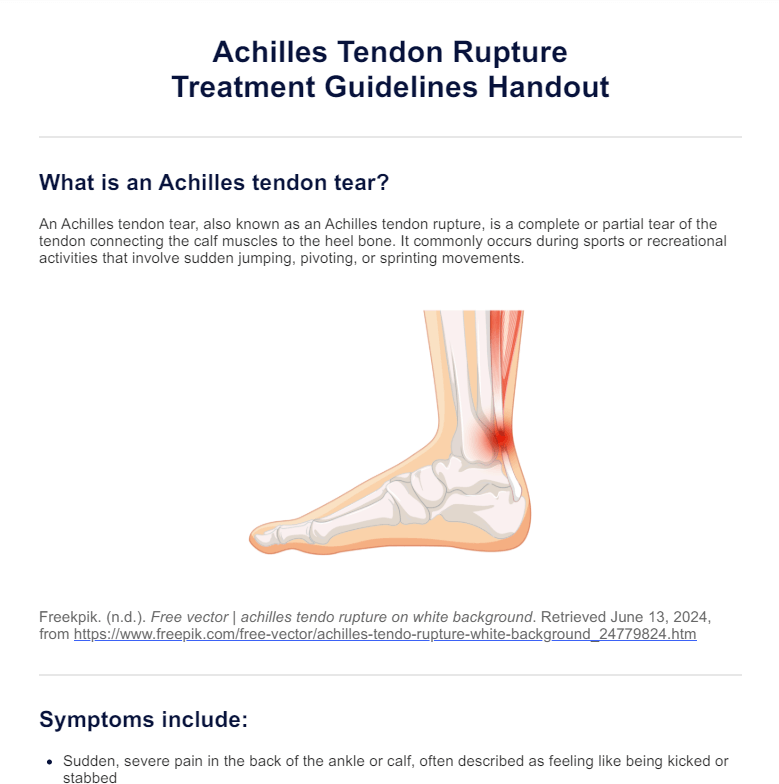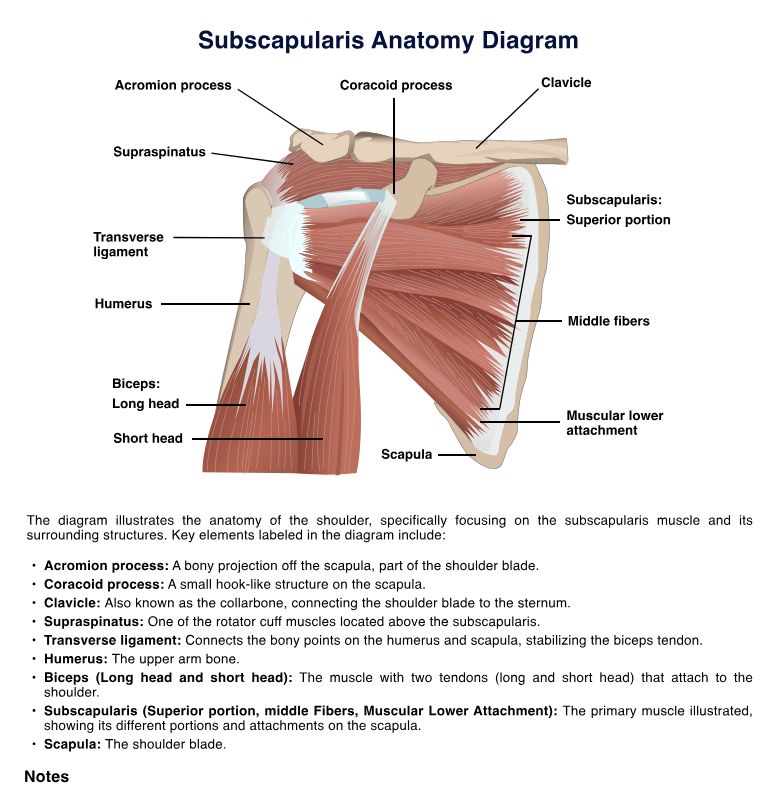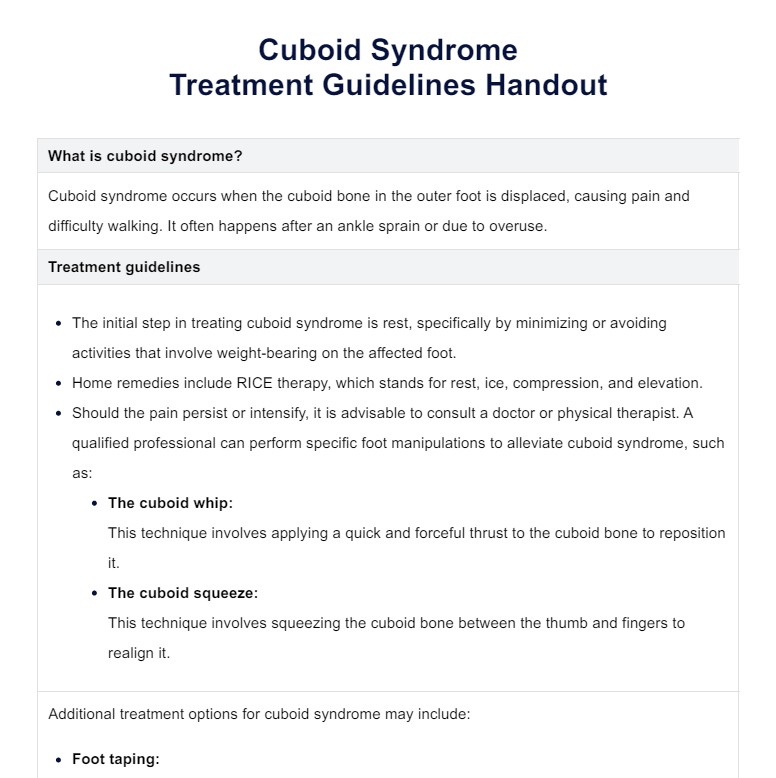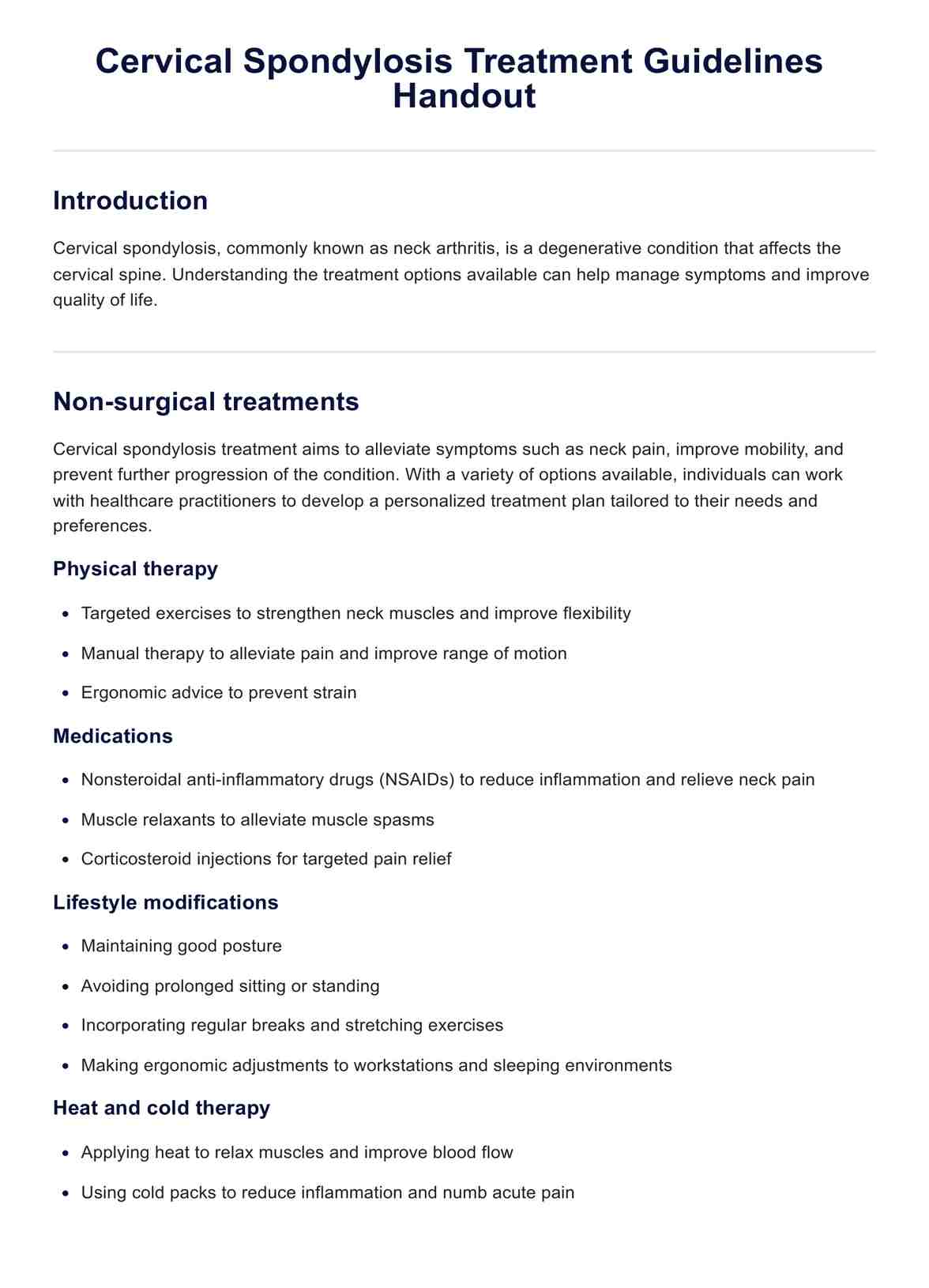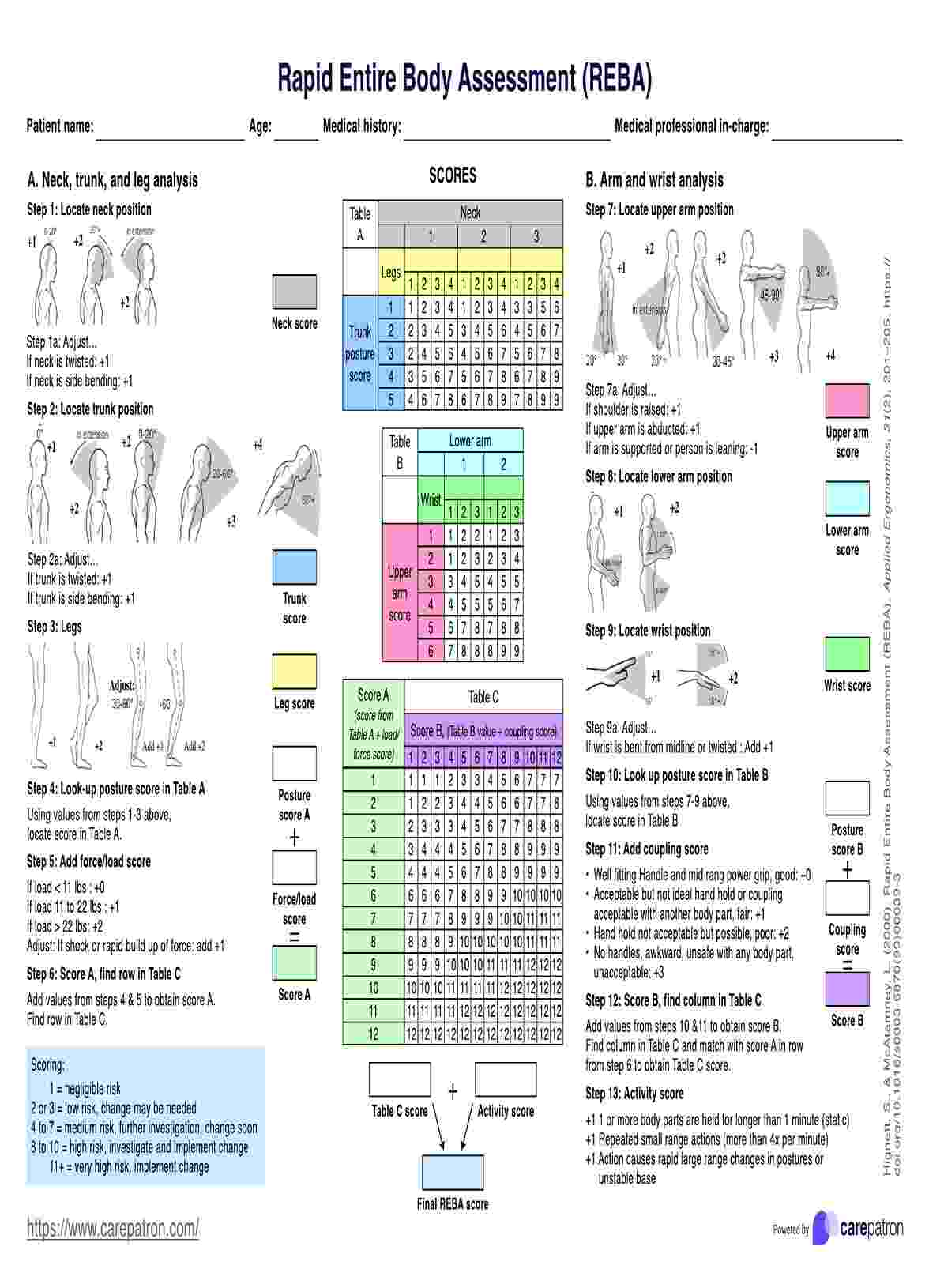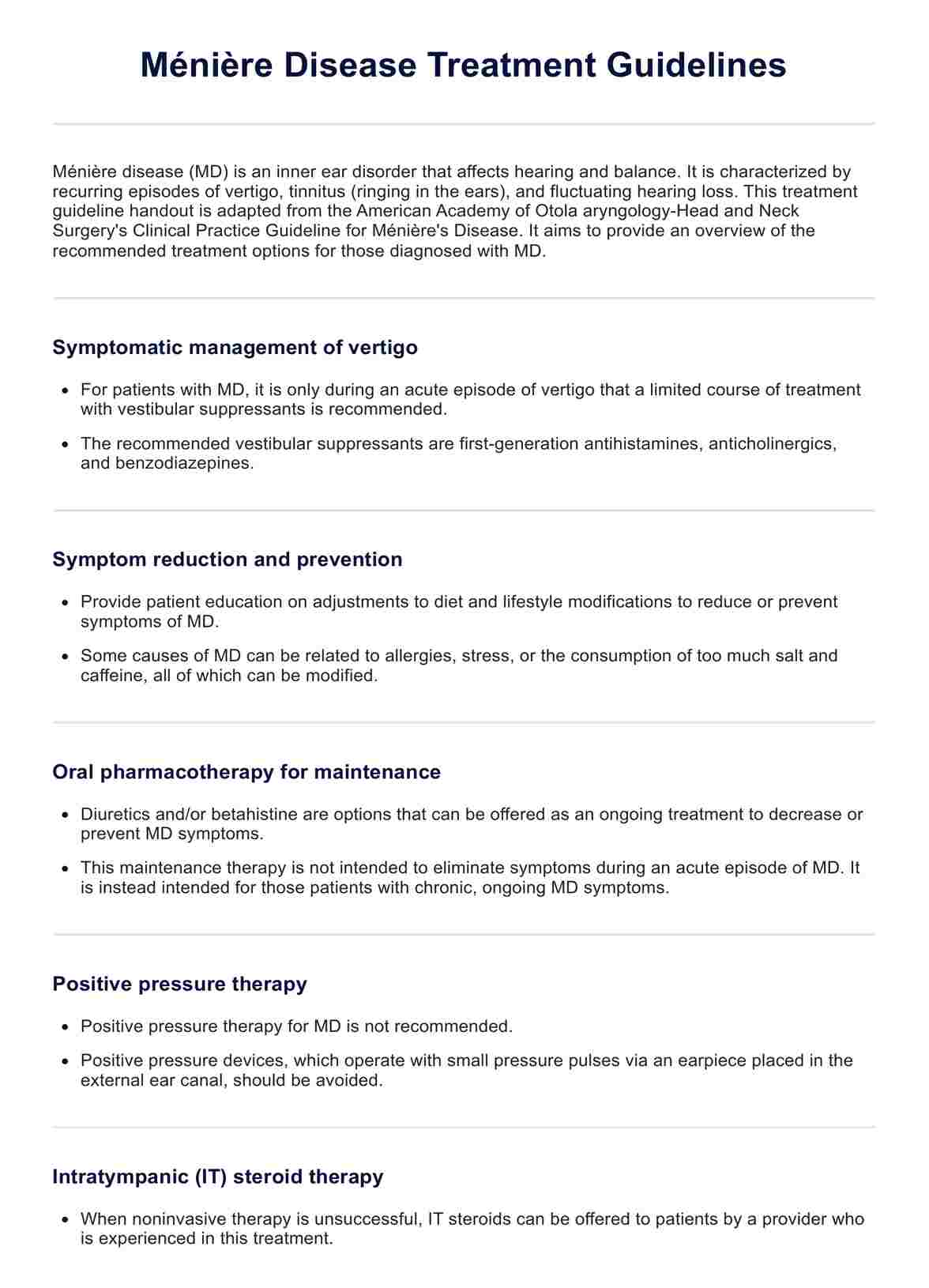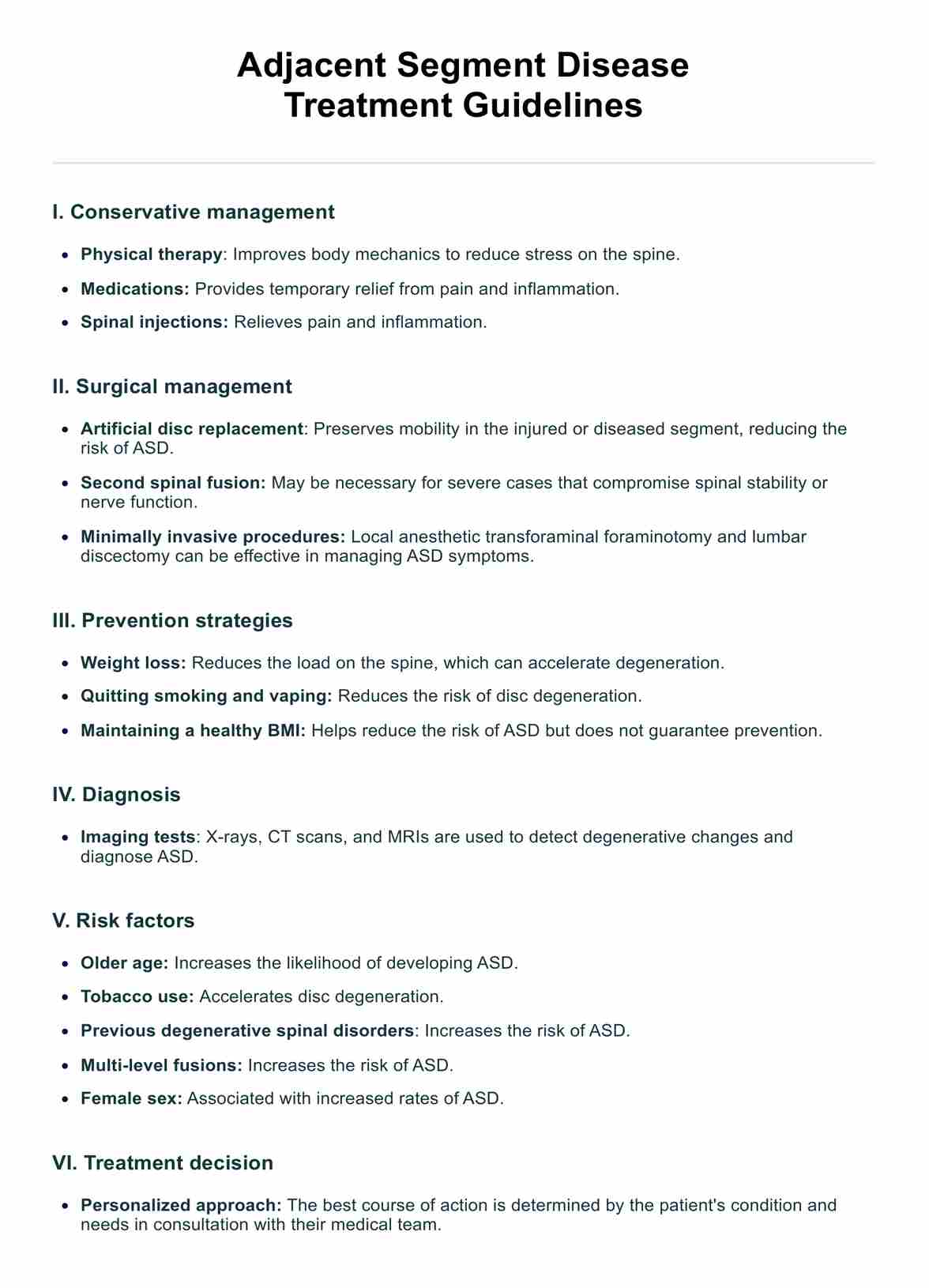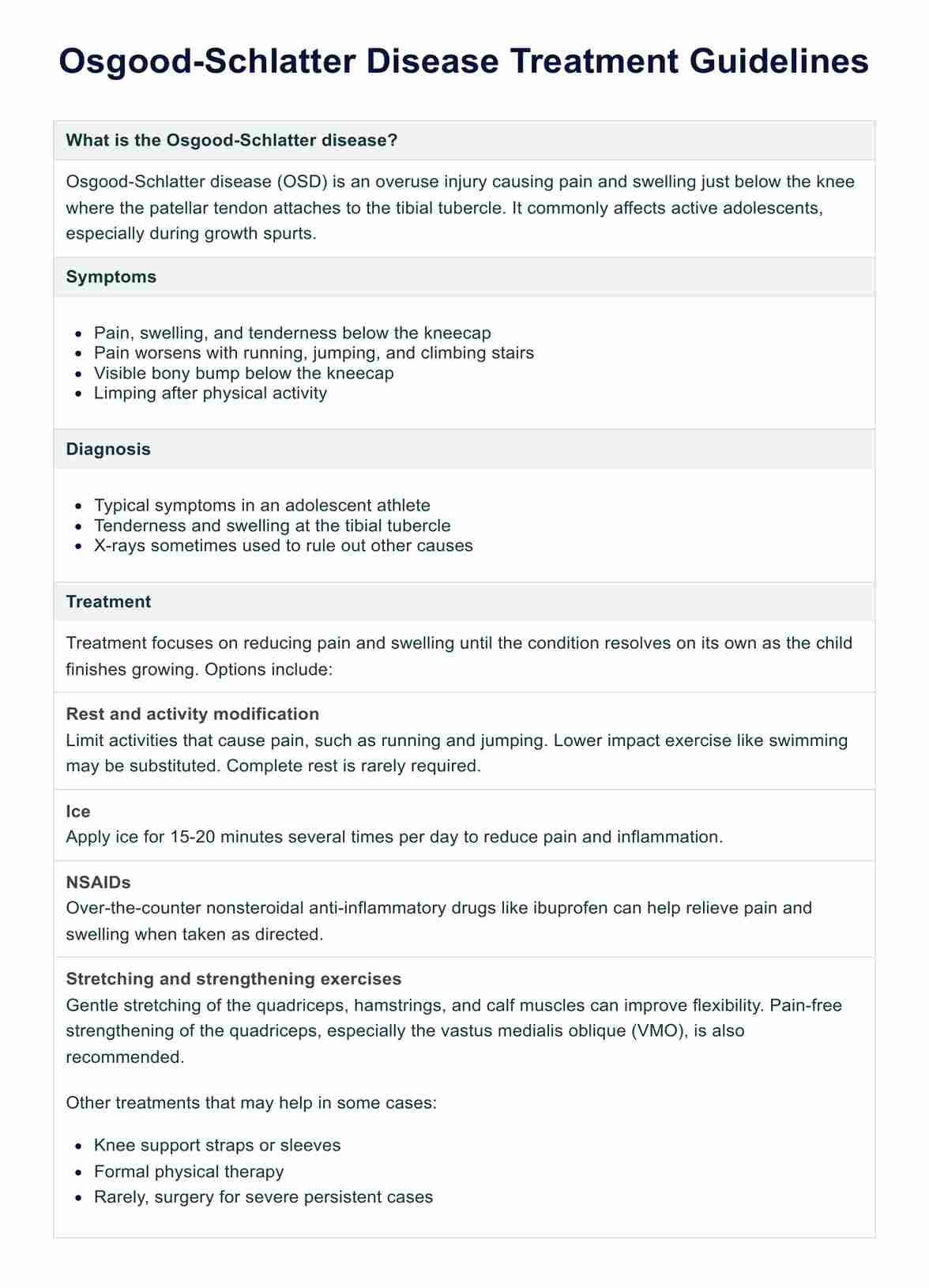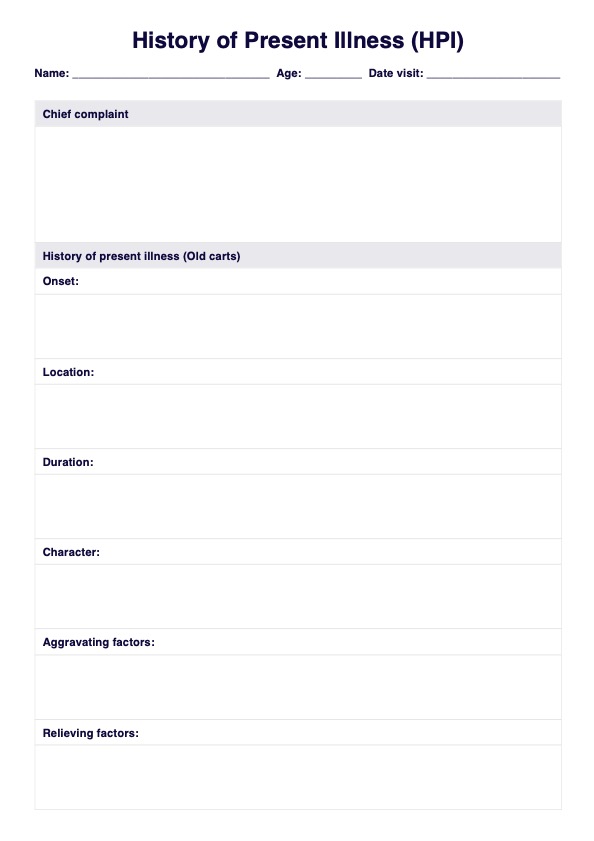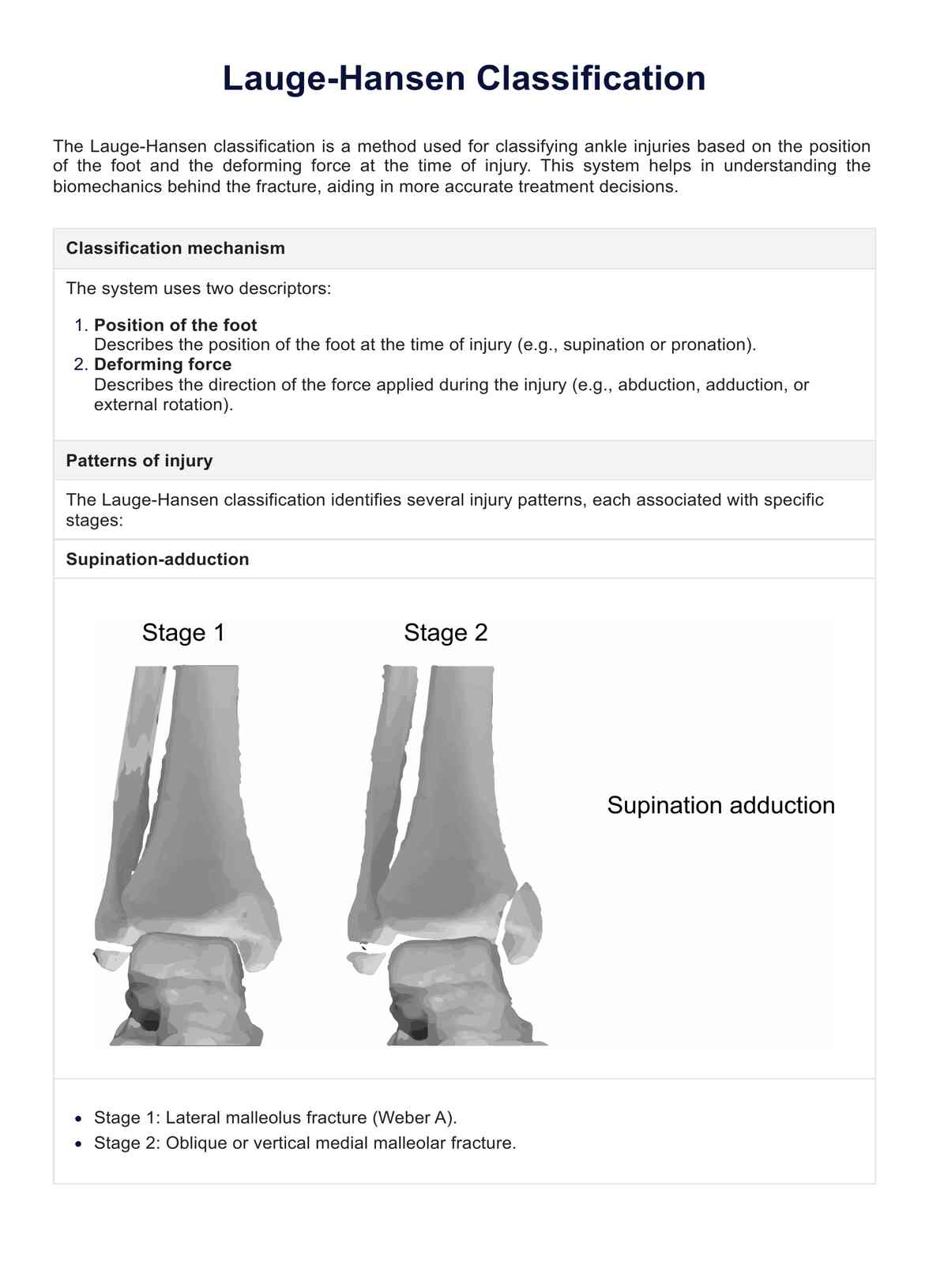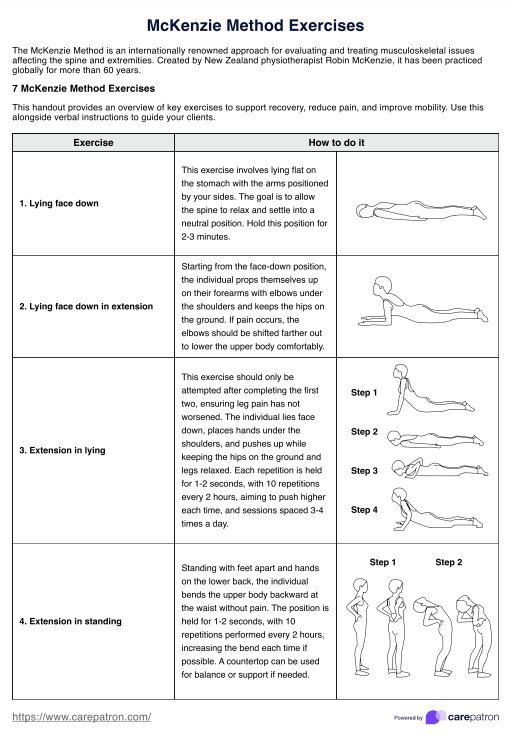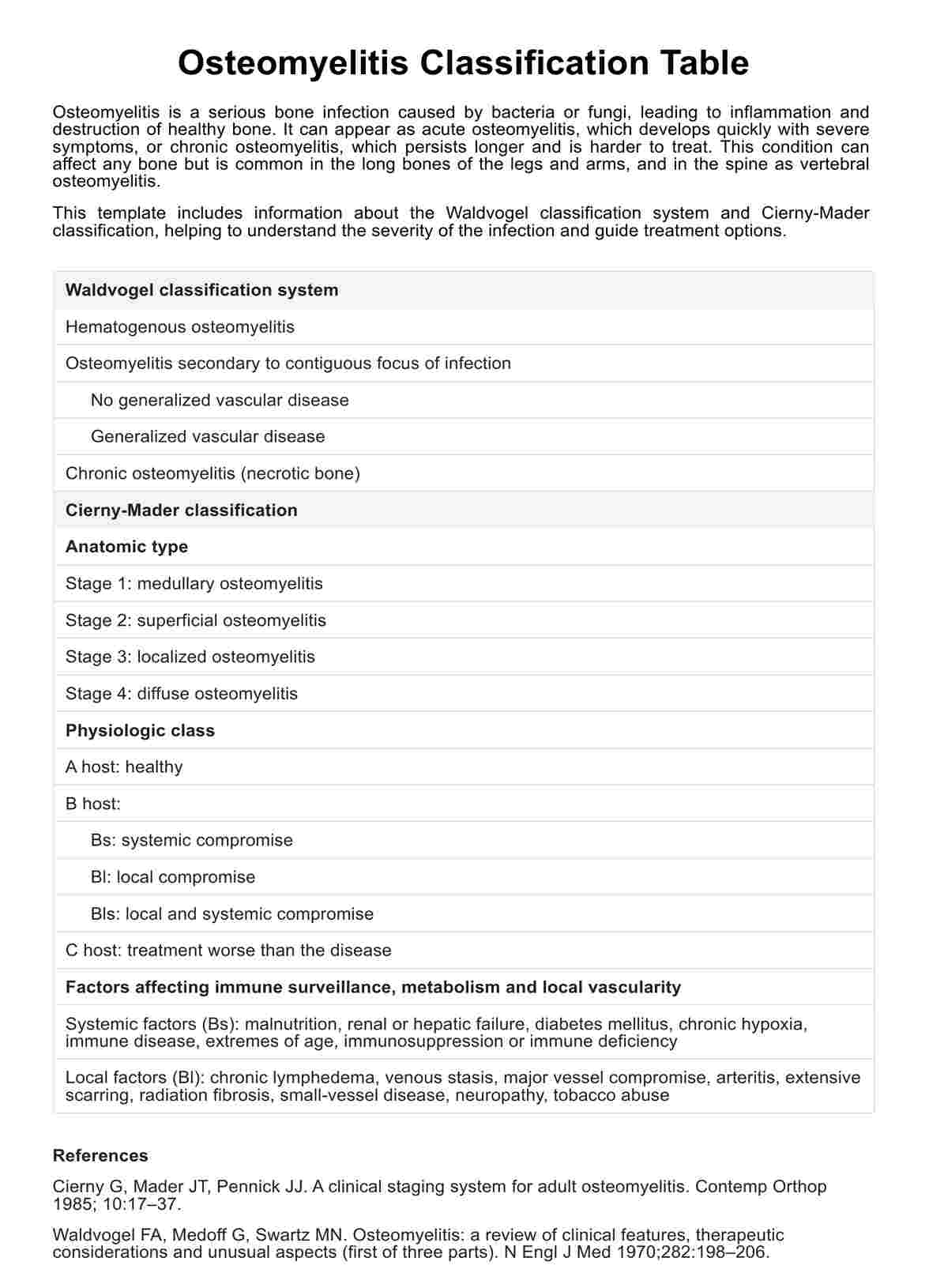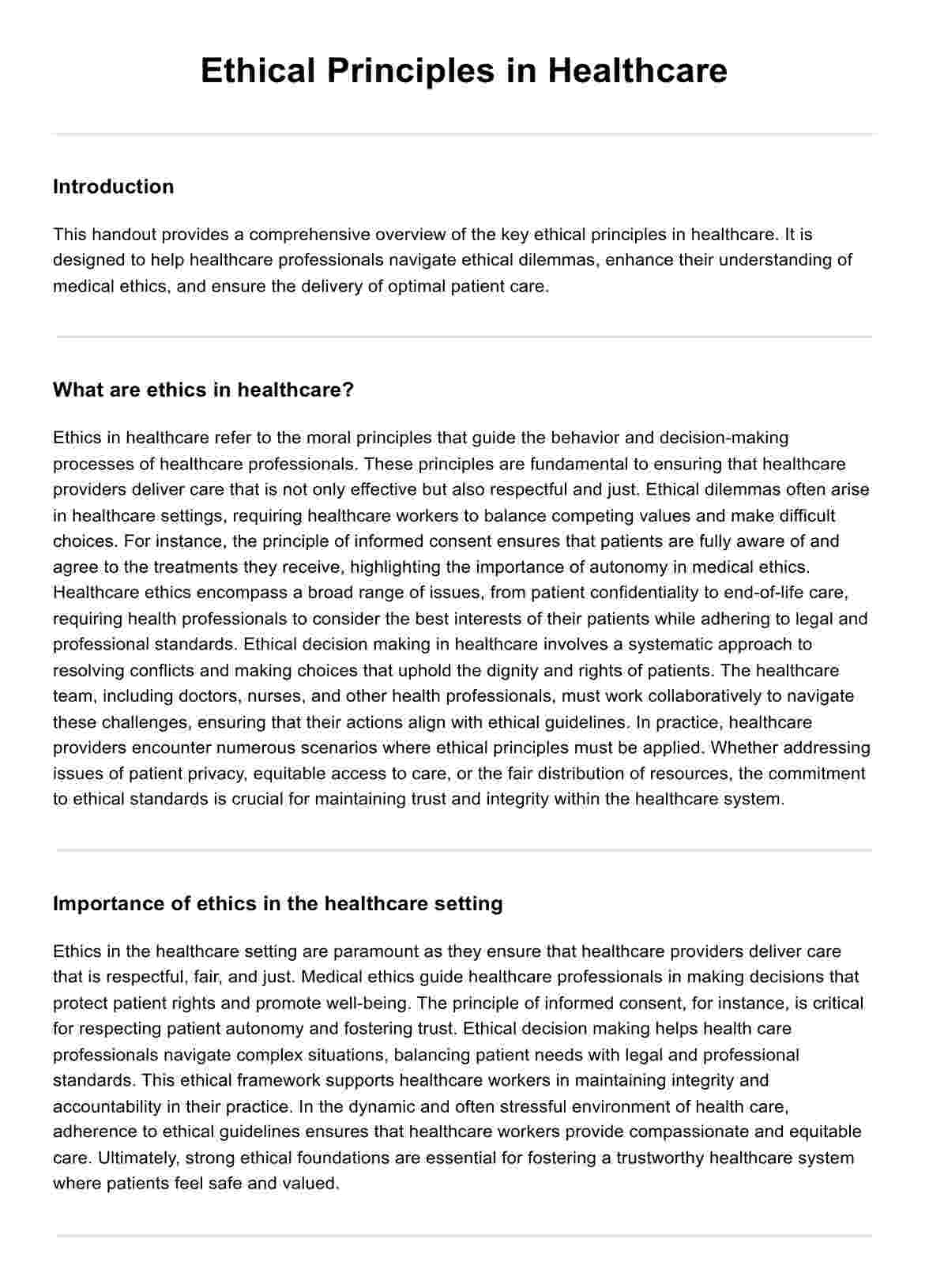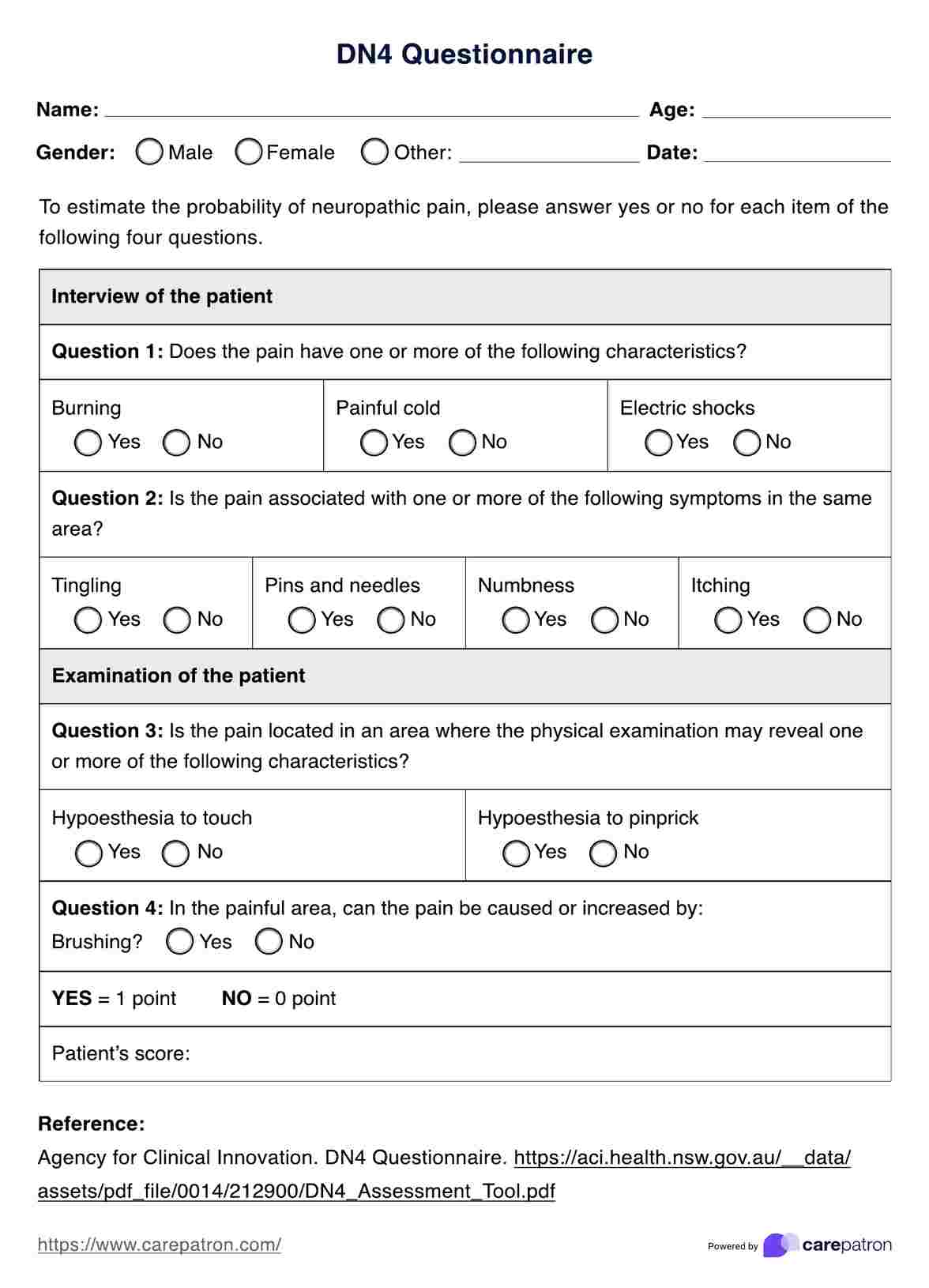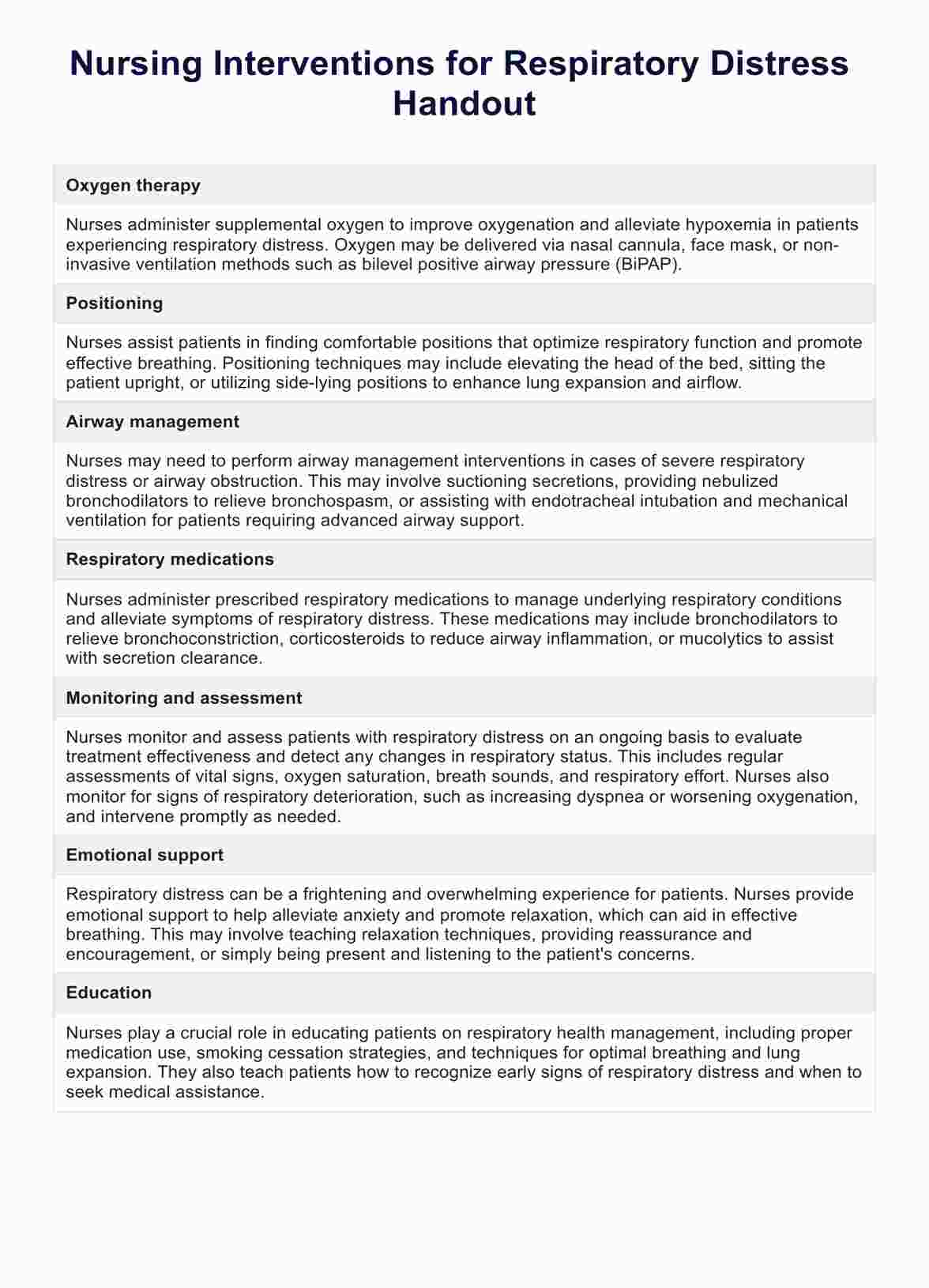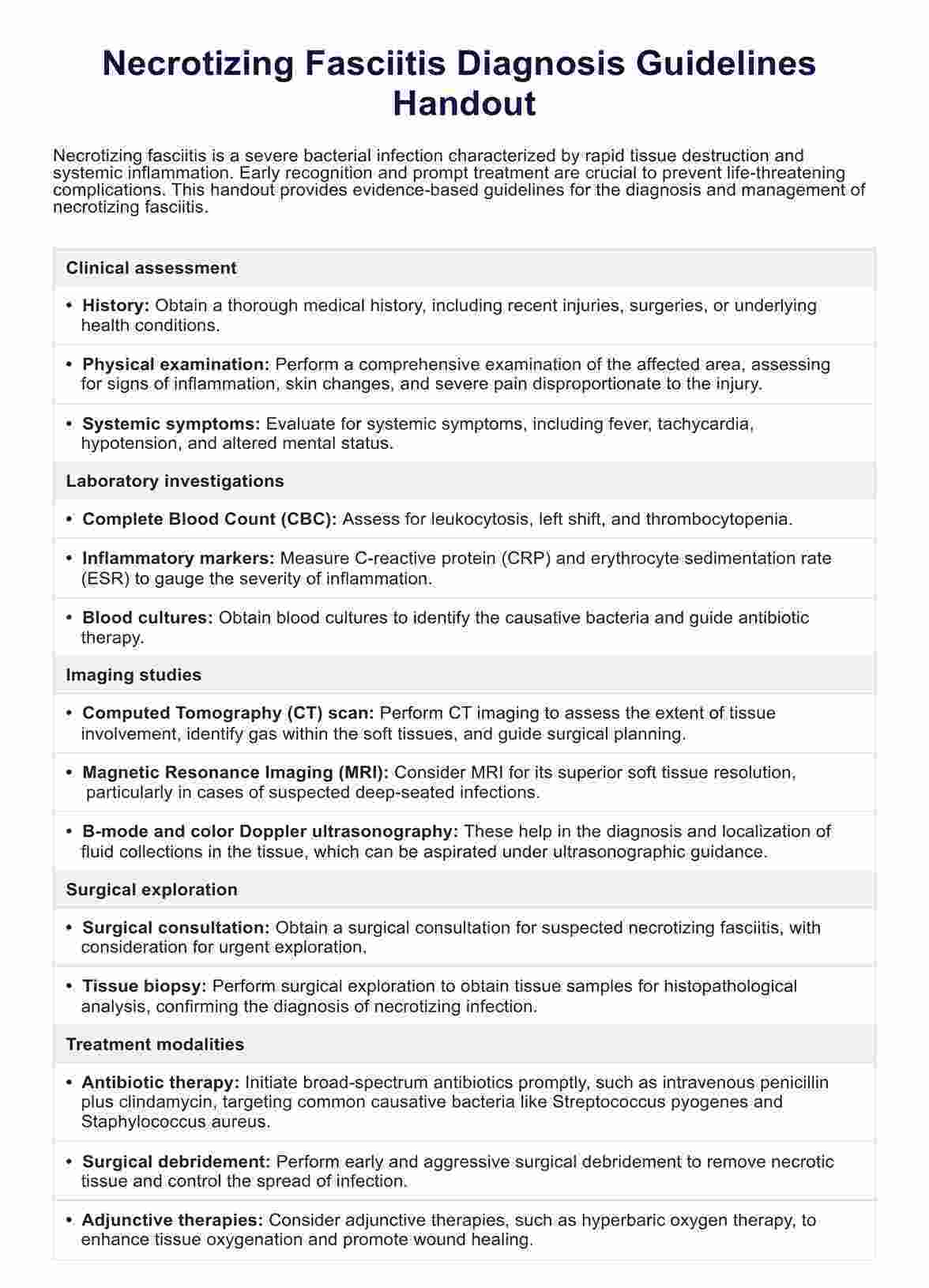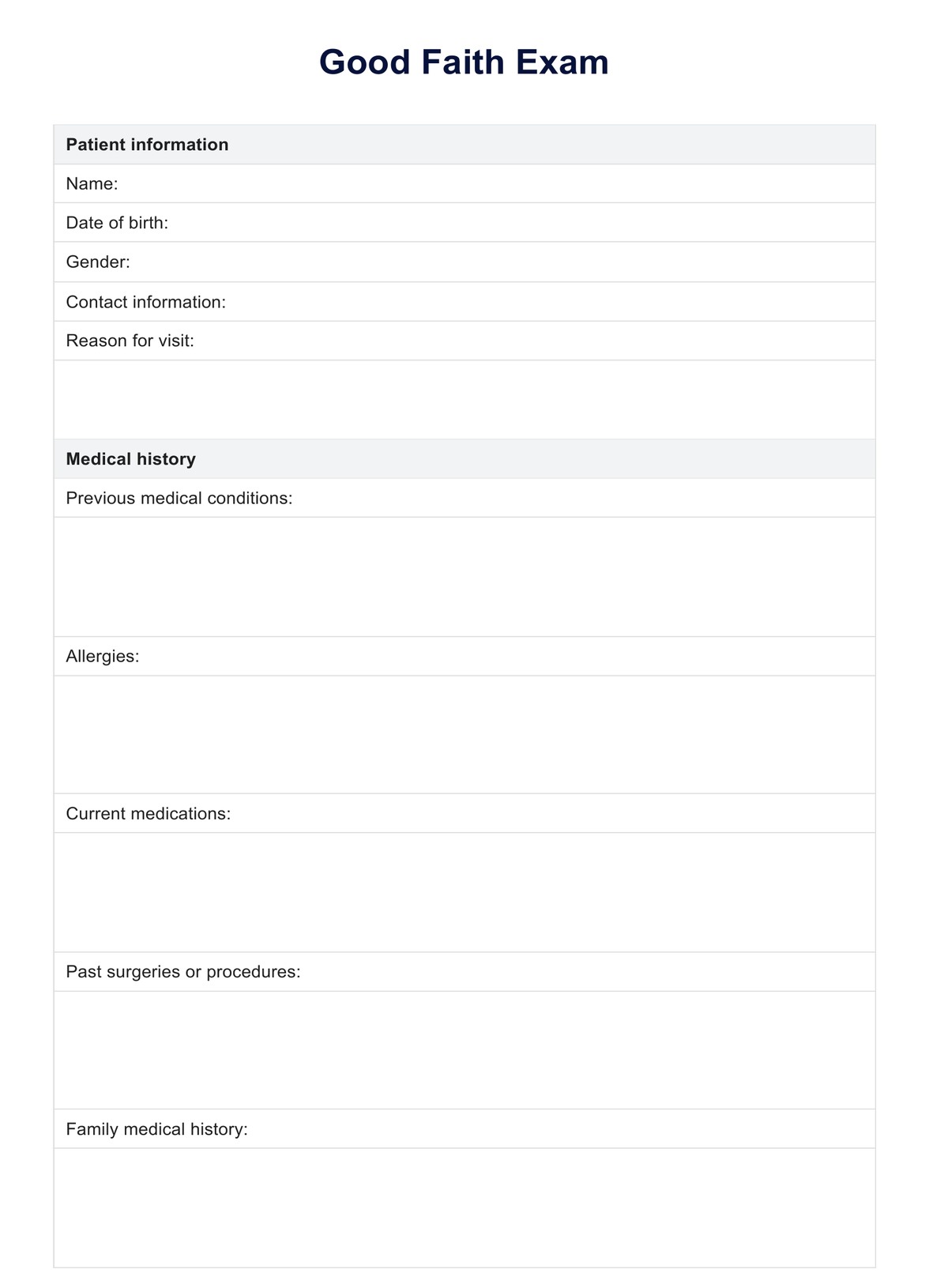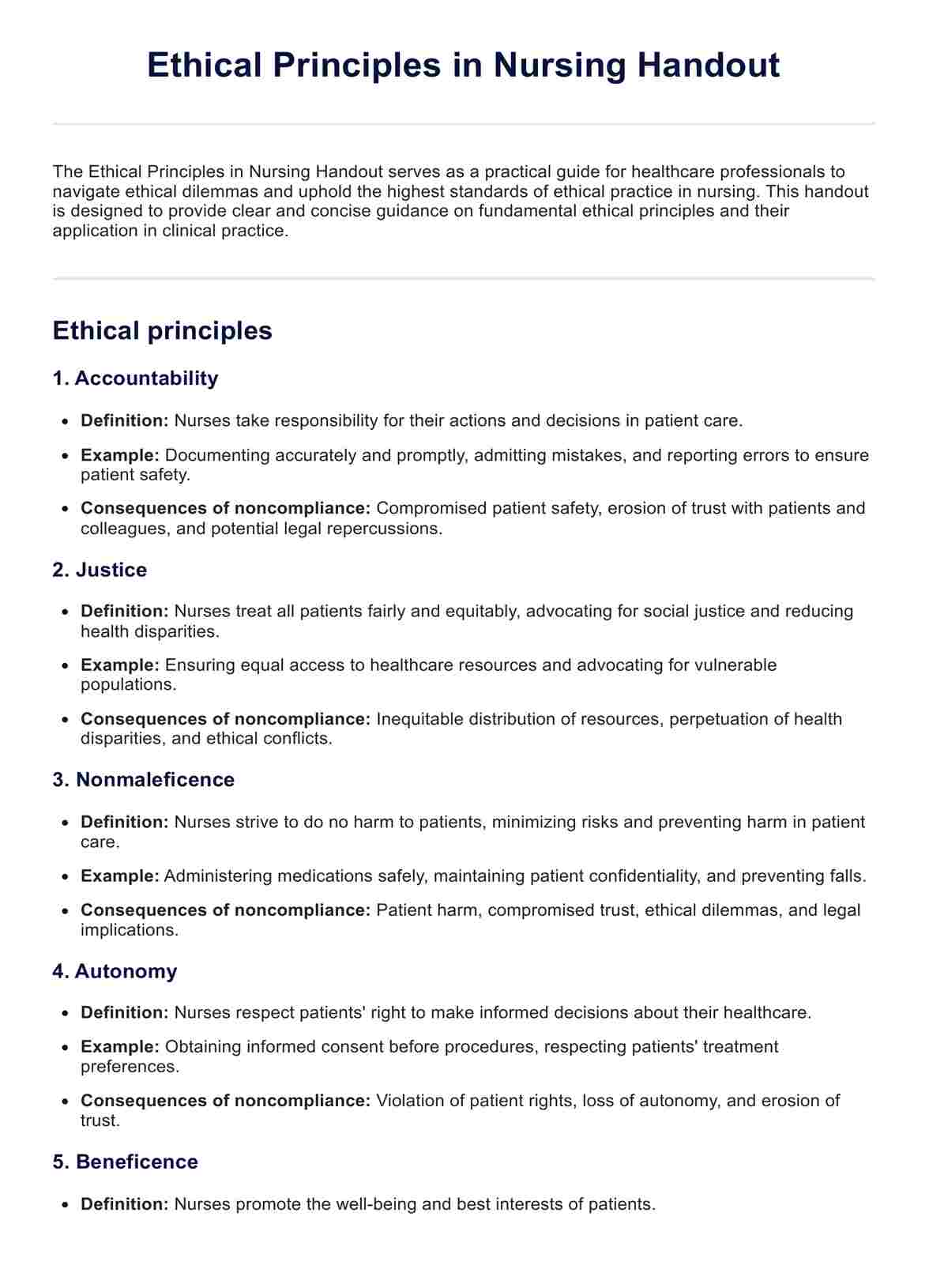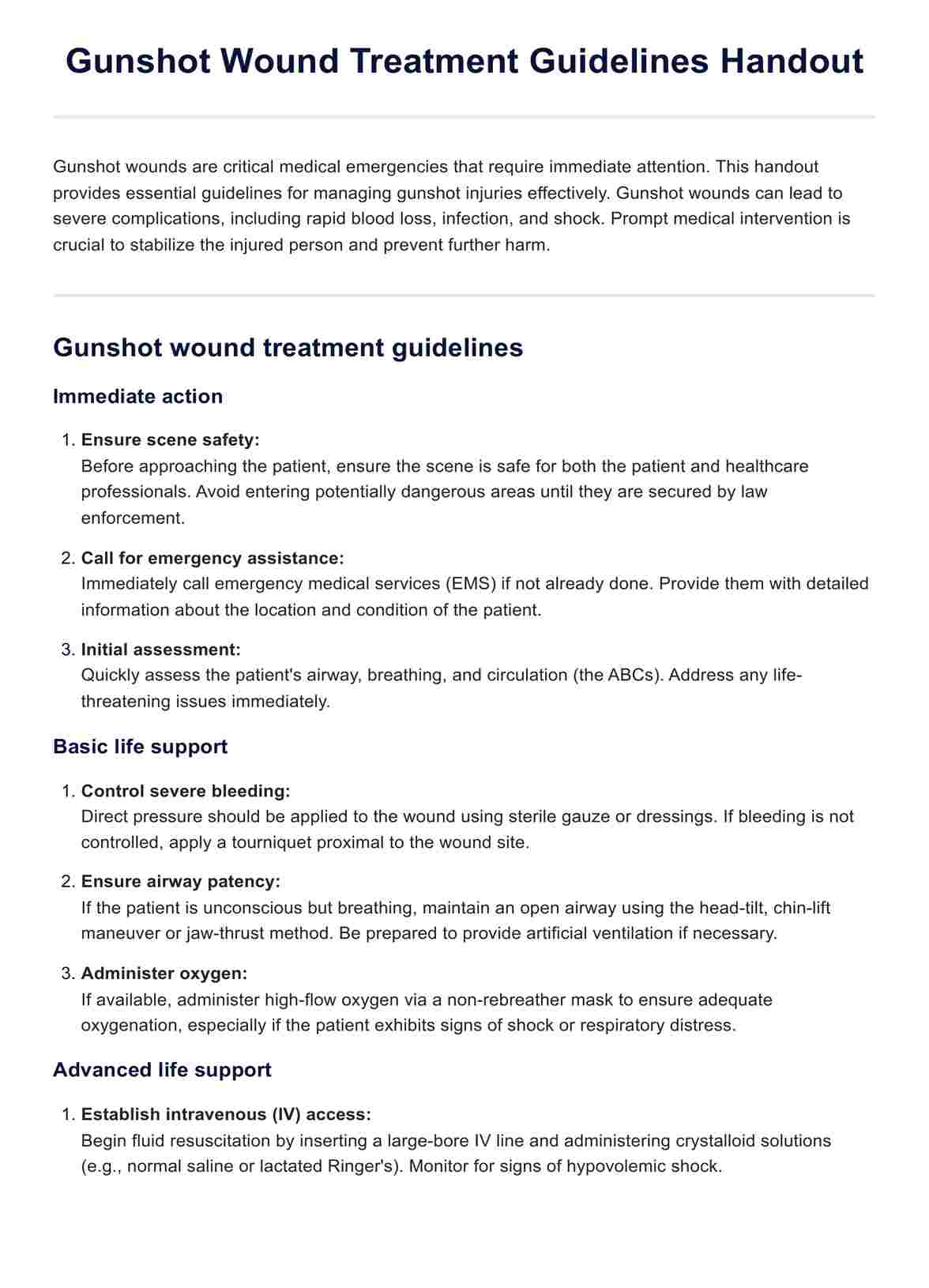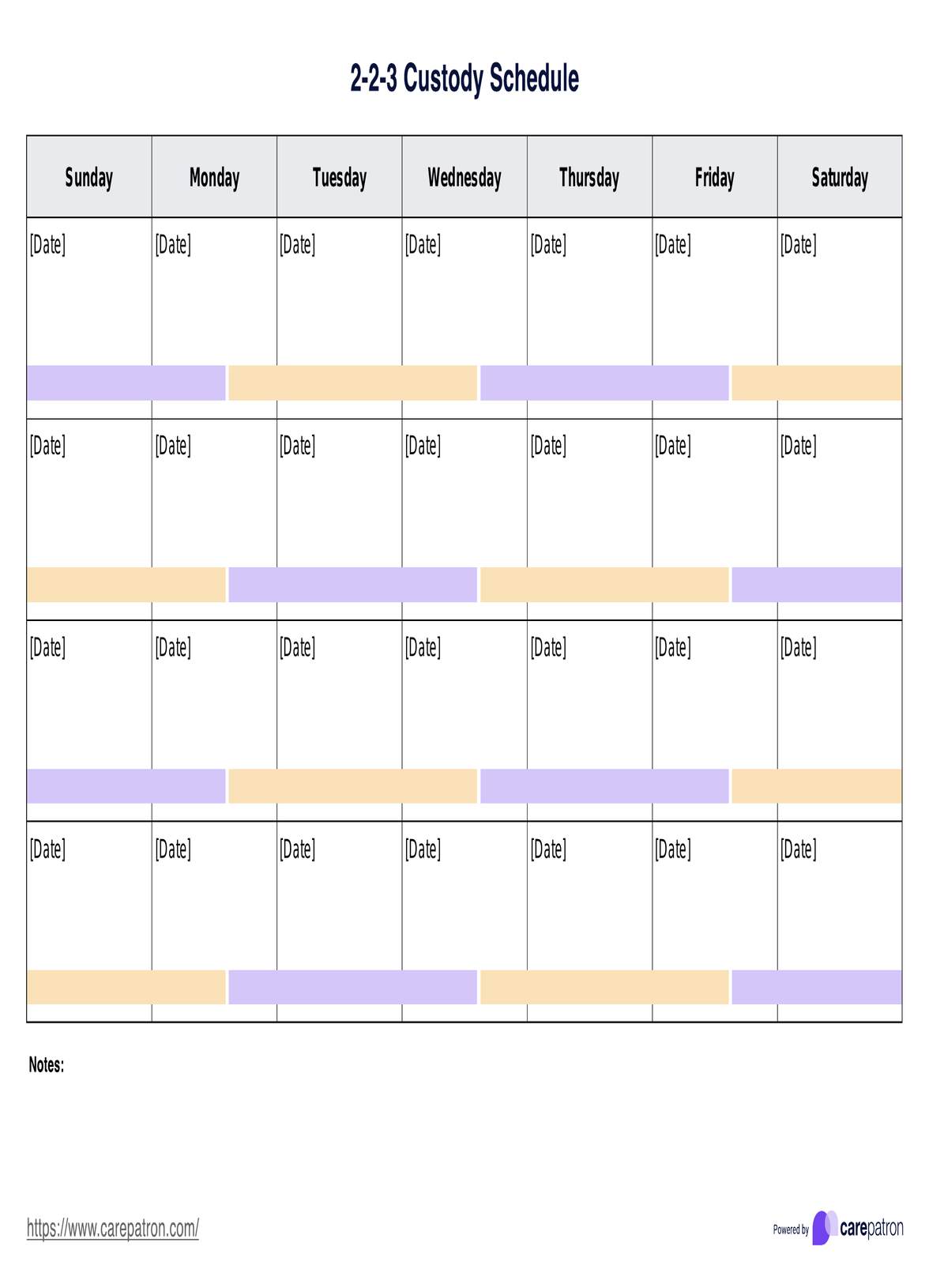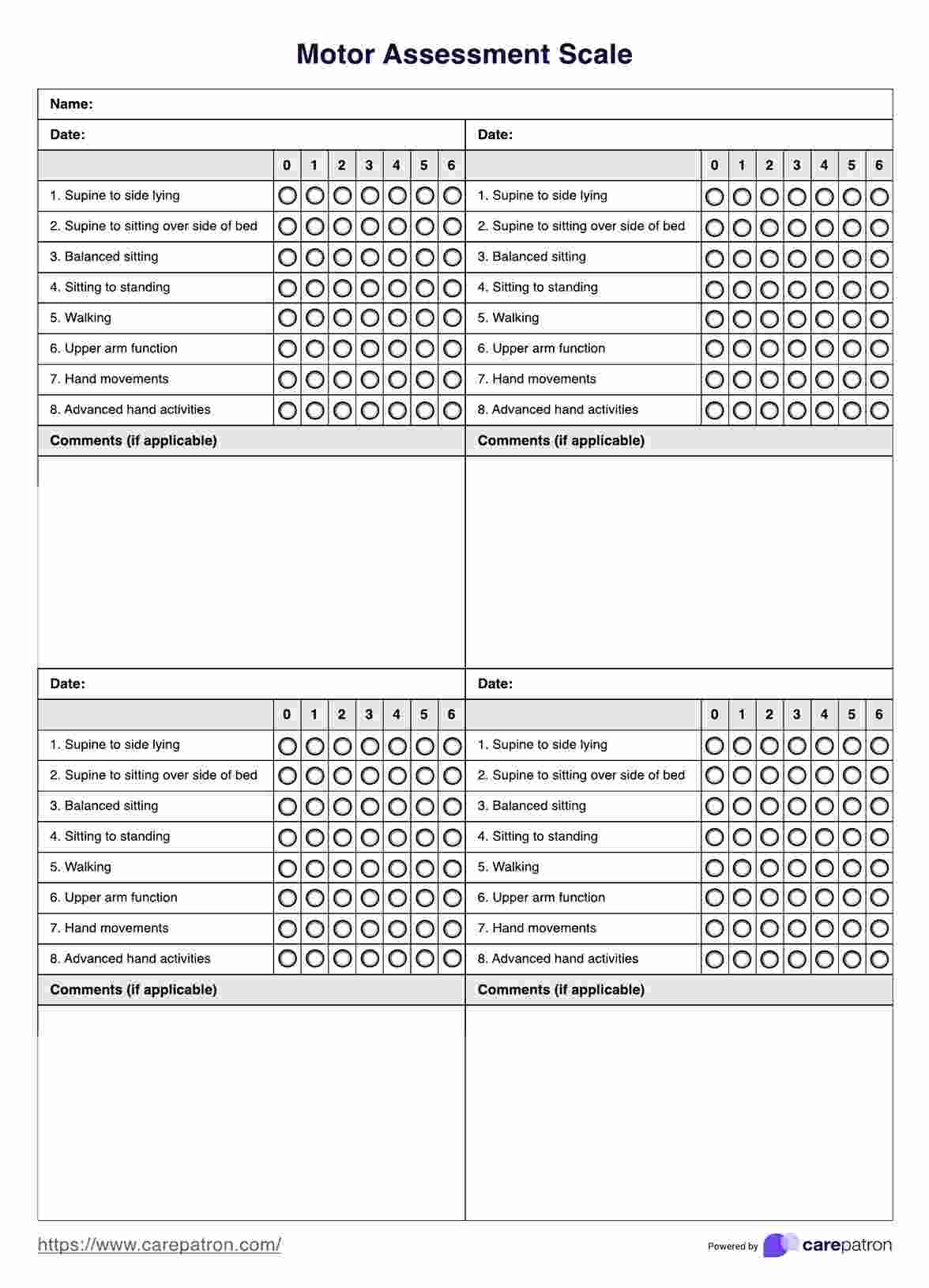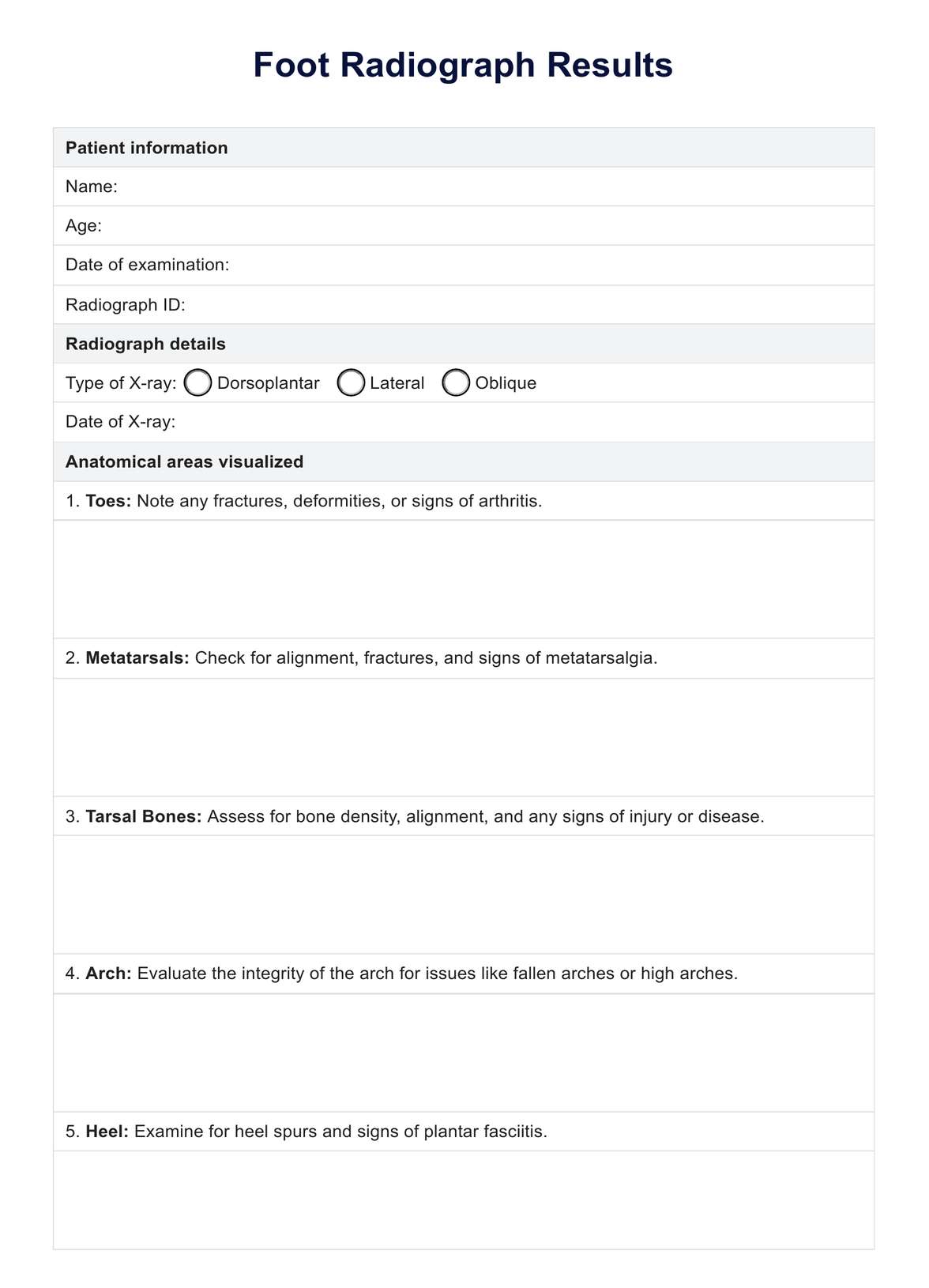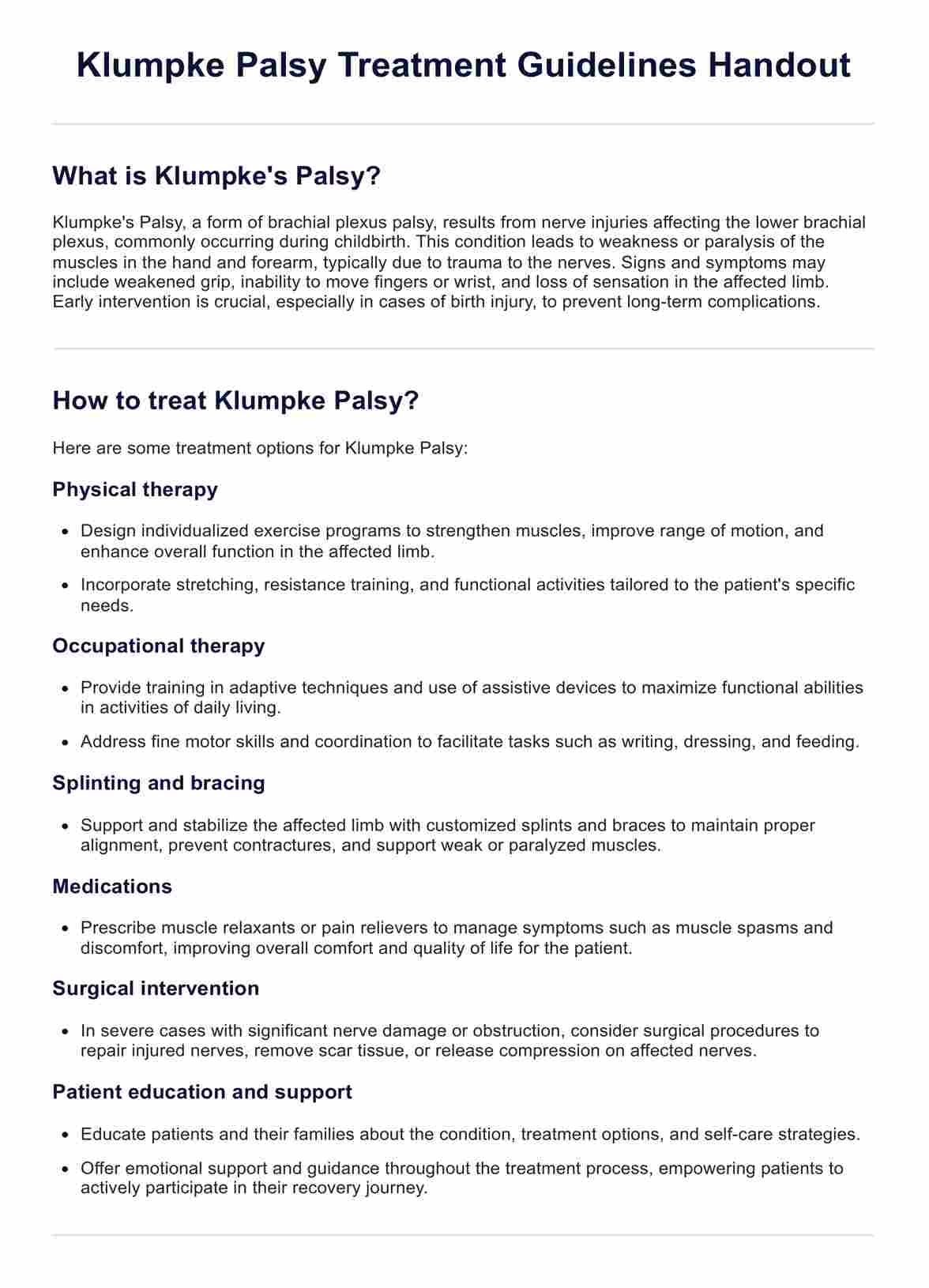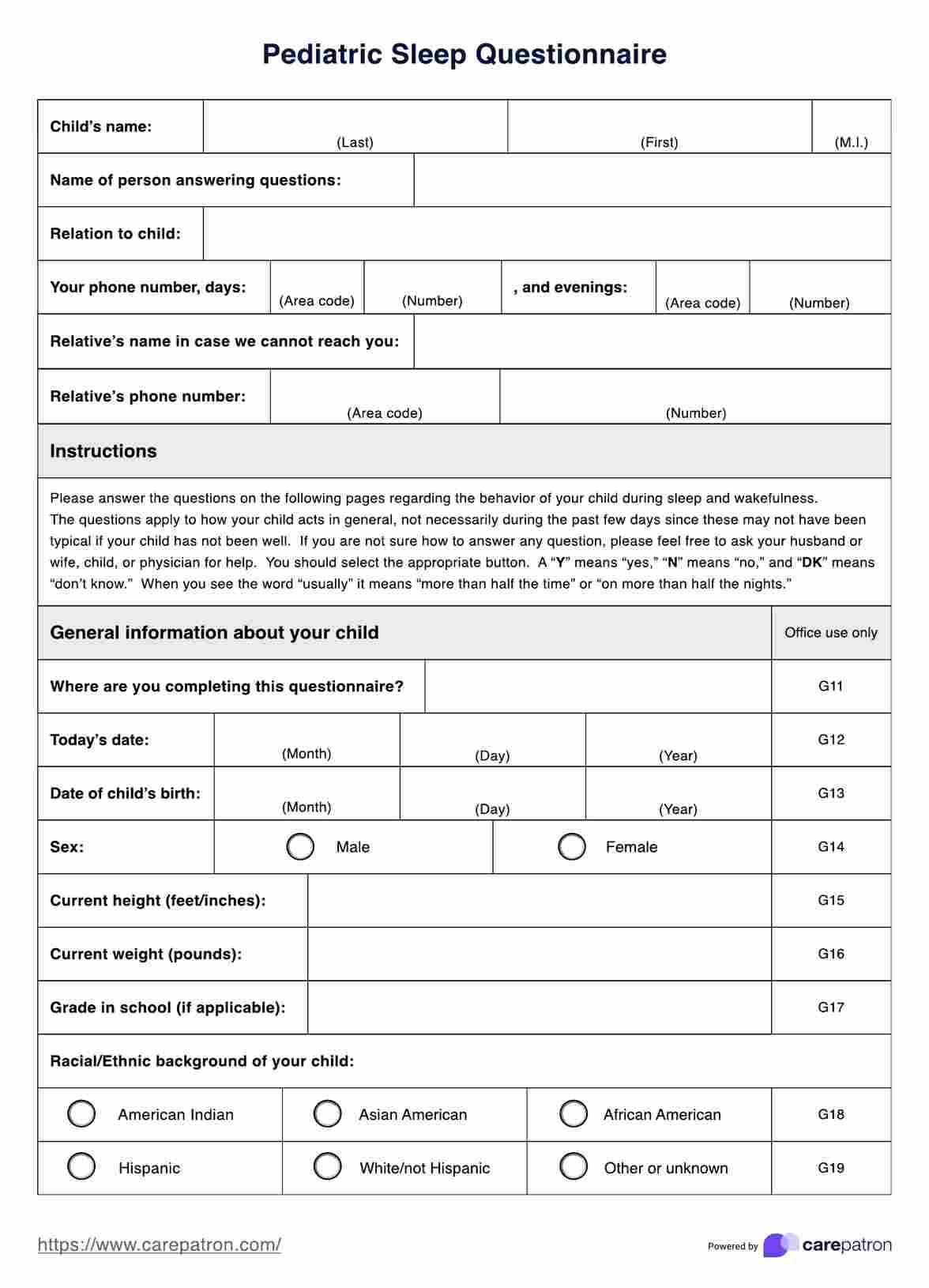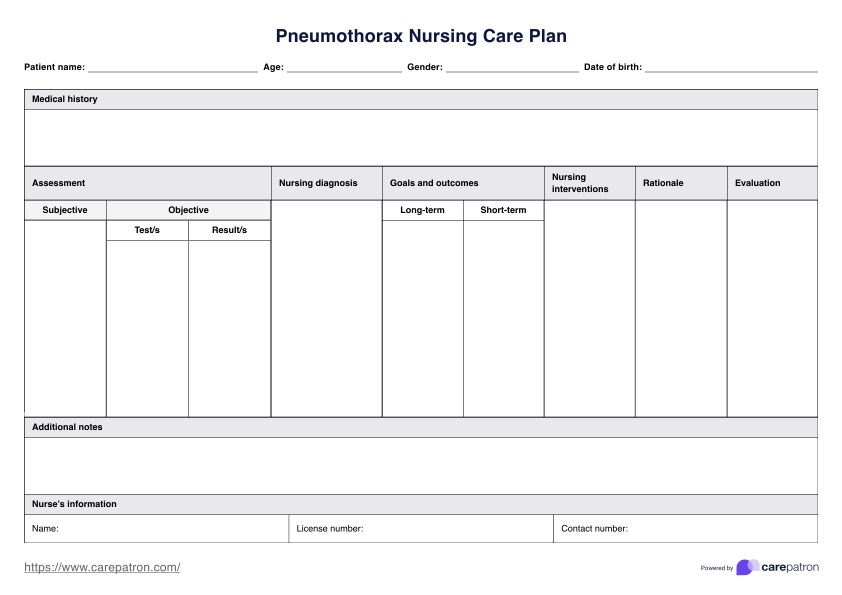Case Management Intake Form Template
Streamline healthcare with our Case Management Intake Form—efficiently gather crucial patient data for comprehensive, personalized care.


What is a Case Management Intake Form Template?
A Case Management Intake Form Template is a powerful tool designed to simplify and enhance the initial phase of patient care. This resource contains carefully crafted sections prompting patient details, medical history, and current concerns. This can be tailored to various specialties and healthcare settings.
By employing this template, healthcare practitioners can be efficient while also remaining practical. The user-friendly design facilitates a smooth data collection process, promoting a patient-centric approach to care. Its comprehensive nature allows healthcare practices to easily gather new client information, from demographic information to specific health goals.
Case management intake forms can guide practitioners to better understand their patients' needs. This ensures a holistic approach to patient care and sets the stage for a collaborative and trusting relationship. The Case Management Intake Form Template is a tool for quality care, fostering a positive and informed healthcare journey for practitioners and patients alike.
Case Management Intake Form Template
Case Management Intake Form Template Example
How does our Case Management Intake Form Template work?
The Case Management Intake Form Template fosters effective communication and understanding between healthcare practitioners and their patients. Its user-friendly design streamlines the process, making it accessible and insightful for both parties.
Step 1: Access the form
The first step involves providing the patient with the Case Management Intake Form through email, patient portals, or in person before an appointment. The form can be accessed for free by following the link on this page. The form's accessibility ensures a seamless initiation of the case management process.
Step 2: Patient input
Patients should then fill out key personal details such as personal information, emergency contact information, medical history, and current health status. You can also use this as a guide when conducting an intake interview or initial consultation with the patient. The comprehensive nature of the form allows patients to express their concerns, goals, and expectations, ensuring practitioners receive a holistic understanding of their health profile.
Step 3: Practitioner review
Upon completing the form, healthcare practitioners diligently review the provided information. This step is crucial for practitioners to gain insights into the patient's medical history, current health status, and goals, laying the groundwork for a tailored case management plan.
Step 4: Collaboration and planning
Next, practitioners should engage in collaborative discussions with the patient. They can establish health goals, expectations, and a personalized care plan here. This collaborative approach fosters a partnership between the patient and practitioner, promoting the patient's active involvement in their healthcare journey.
Step 5: Implementation
The finalized case management plan is implemented. Whether it involves lifestyle adjustments, medication management, or regular follow-ups, the practitioner and patient work together to achieve health objectives.
This printable Case Management Intake Form Template ensures a structured and efficient patient intake process, emphasizing patient empowerment and practitioner engagement in delivering quality, personalized healthcare.
How does our Case Management Intake Form Template work?
The Case Management Intake Form Template fosters effective communication and understanding between healthcare practitioners and their patients. Its user-friendly design streamlines the process, making it accessible and insightful for both parties.
Step 1: Access the form
The first step involves providing the patient with the Case Management Intake Form through email, patient portals, or in person before an appointment. The form can be accessed for free by following the link on this page. The form's accessibility ensures a seamless initiation of the case management process.
Step 2: Patient input
Patients should then fill out key personal details such as personal information, emergency contact information, medical history, and current health status. You can also use this as a guide when conducting an intake interview or initial consultation with the patient. The comprehensive nature of the form allows patients to express their concerns, goals, and expectations, ensuring practitioners receive a holistic understanding of their health profile.
Step 3: Practitioner review
Upon completing the form, healthcare practitioners diligently review the provided information. This step is crucial for practitioners to gain insights into the patient's medical history, current health status, and goals, laying the groundwork for a tailored case management plan.
Step 4: Collaboration and planning
Next, practitioners should engage in collaborative discussions with the patient. They can establish health goals, expectations, and a personalized care plan here. This collaborative approach fosters a partnership between the patient and practitioner, promoting the patient's active involvement in their healthcare journey.
Step 5: Implementation
The finalized case management plan is implemented. Whether it involves lifestyle adjustments, medication management, or regular follow-ups, the practitioner and patient work together to achieve health objectives.
This printable Case Management Intake Form Template ensures a structured and efficient patient intake process, emphasizing patient empowerment and practitioner engagement in delivering quality, personalized healthcare.
When would you use this template?
The Case Management Intake Form Template proves invaluable across various healthcare scenarios, providing a structured approach for practitioners keen on delivering personalized care. Here are some primary cases where it can be used:
New patient onboarding
This template is instrumental for healthcare practitioners to welcome new patients or prospective clients into their care. It efficiently gathers essential patient information, creating a foundation for a comprehensive understanding of their medical history, current health status, and specific health goals.
Chronic condition management
This template facilitates ongoing care for patients managing chronic conditions like diabetes, hypertension, or heart disease. Practitioners can regularly update patient information, ensuring treatment plans align with evolving health needs.
Care plan updates
Practitioners can use the template to reassess patient goals and expectations during care plan reviews or updates. This ensures the care plan remains dynamic and responsive to the patient's changing health circumstances.
Insurance verification
The template includes sections for insurance details, making it a valuable resource during insurance verification processes. Practitioners can efficiently collect and verify patient insurance information to streamline billing and administrative tasks.
Collaborative goal setting
In fostering a collaborative approach to healthcare, practitioners can use the template to engage patients in goal-setting discussions. This is particularly beneficial in fields like physical therapy, where patient involvement in setting and achieving rehabilitation goals is crucial.
Preventive care initiatives
Practitioners emphasizing preventative care can leverage the template to capture vital patient information that informs personalized prevention strategies. This is especially relevant in specialties like family medicine or wellness clinics.
The Case Management Intake Form Template is a versatile resource applicable in diverse healthcare settings. Its adaptability makes it an essential tool for practitioners aiming to enhance patient engagement, streamline administrative processes, and deliver patient-centered care.
Benefits of using our Case Management Intake Form Template
The information obtained from a completed case management intake form provides healthcare practitioners with a wealth of information, offering insights that guide personalized care plans and interventions. Aside from these, it also offers the following benefits:
Comprehensive patient information collection
The intake form captures essential key details, emergency contacts, and contact preferences in one organized location. This systematic approach reduces the likelihood of missing critical information during the initial assessment phase. Healthcare providers can quickly access basic patient data without repeatedly asking for the same information across different touchpoints.
Medical history documentation
The dedicated sections for medical history, current medications, and allergies provide a clear clinical picture of the patient's health status. This readily available information helps care teams make informed decisions and identify potential risk factors early in treatment.
Lifestyle and health behavior assessment
Including sections on current lifestyle habits enables practitioners to understand environmental and behavioral factors affecting patient health. This holistic approach aligns with evidence-based practices, showing that lifestyle factors significantly impact treatment outcomes and adherence.
Goal-setting framework
The form's dedicated section for patient goals and expectations facilitates shared decision-making between providers and patients. The structured format helps ensure care plans align with patient preferences and objectives.
A free Case Management Intake Form Template enhances the accessibility of this valuable information. The template serves as a tool that captures data and translates it into actionable insights, empowering practitioners to deliver patient-centered care that aligns with individual health needs and goals.
Commonly asked questions
The case management intake form is a comprehensive tool for gathering essential patient information and facilitating personalized and effective care.
The form is accessible for free via the Carepatron website. It can then be distributed to patients through various channels, including email, patient portals, or in-person appointments.
Absolutely. The form is designed to be adaptable, catering to various healthcare practitioners' unique needs and preferences.
Electronic forms enhance efficiency, accuracy, and patient engagement. They integrate seamlessly with digital healthcare practices and electronic health records.


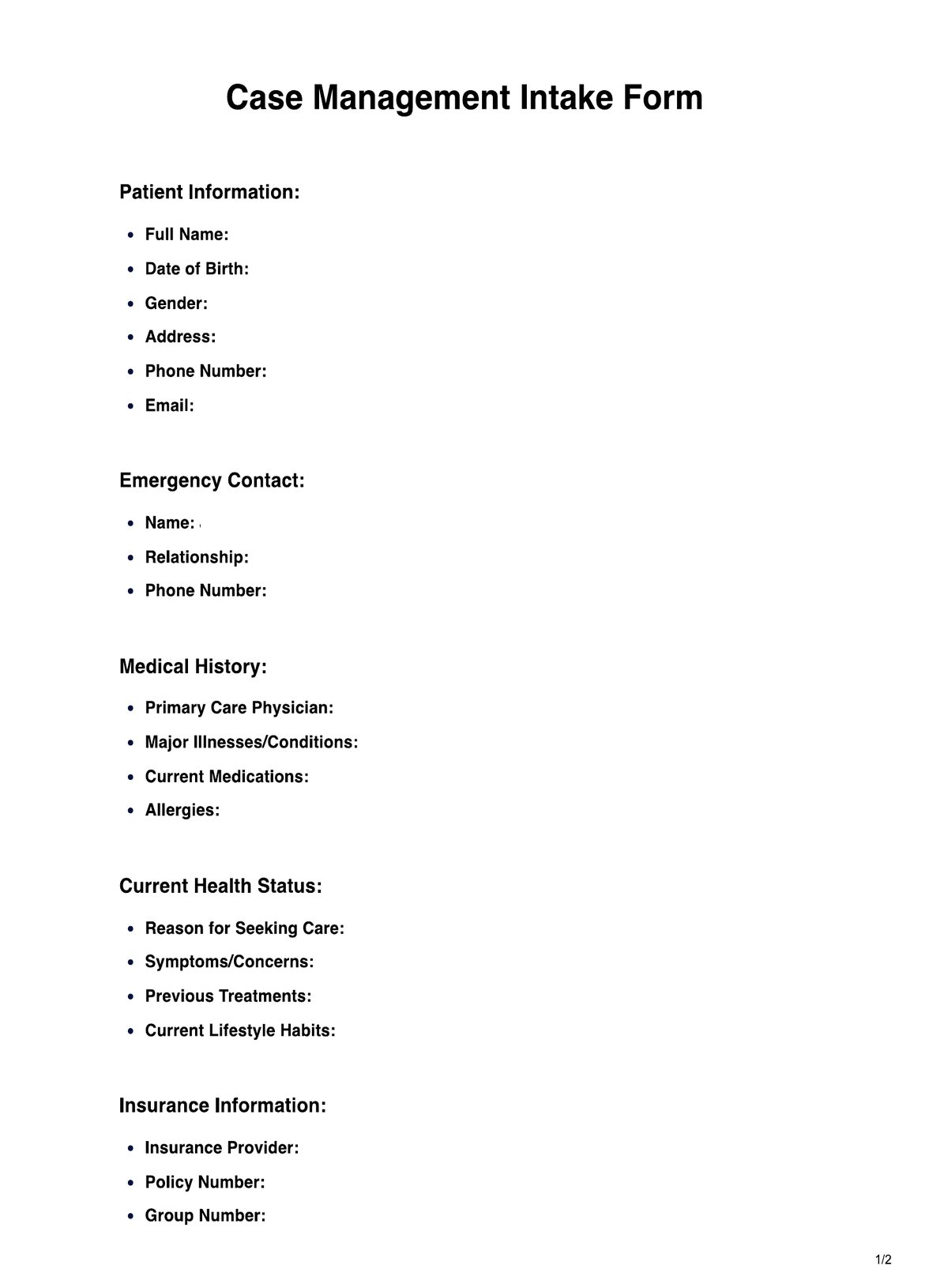
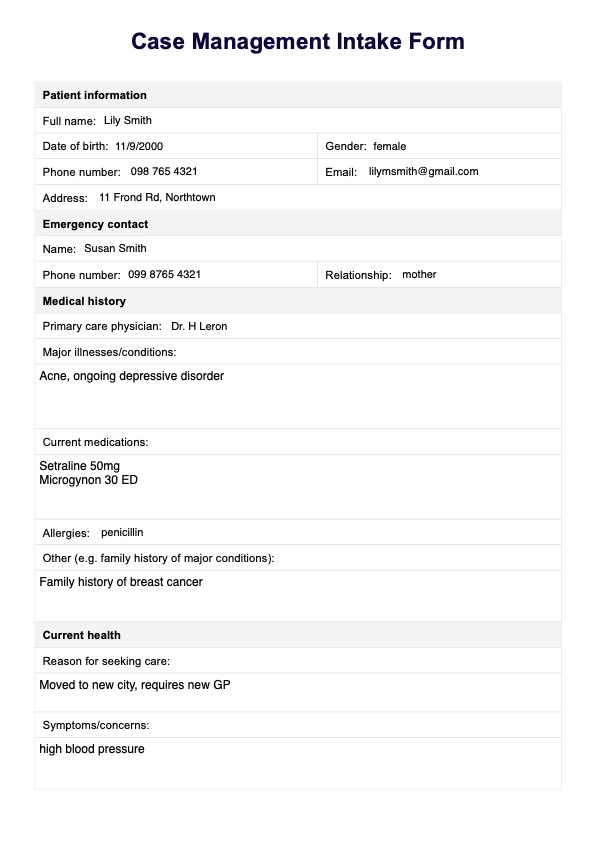

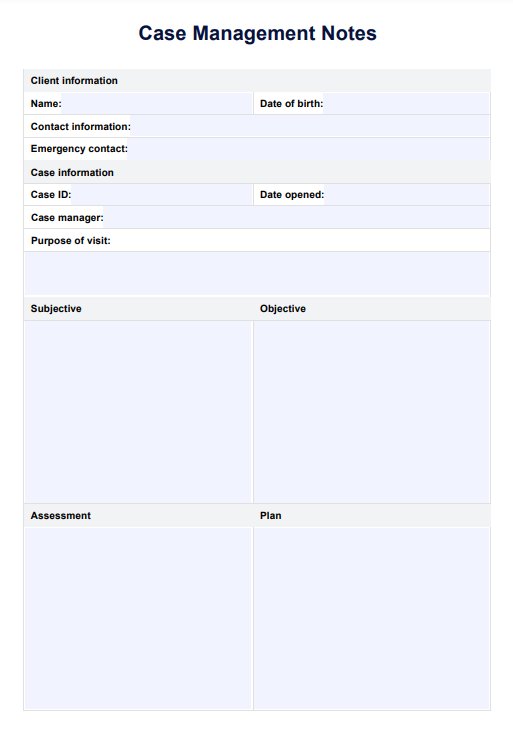
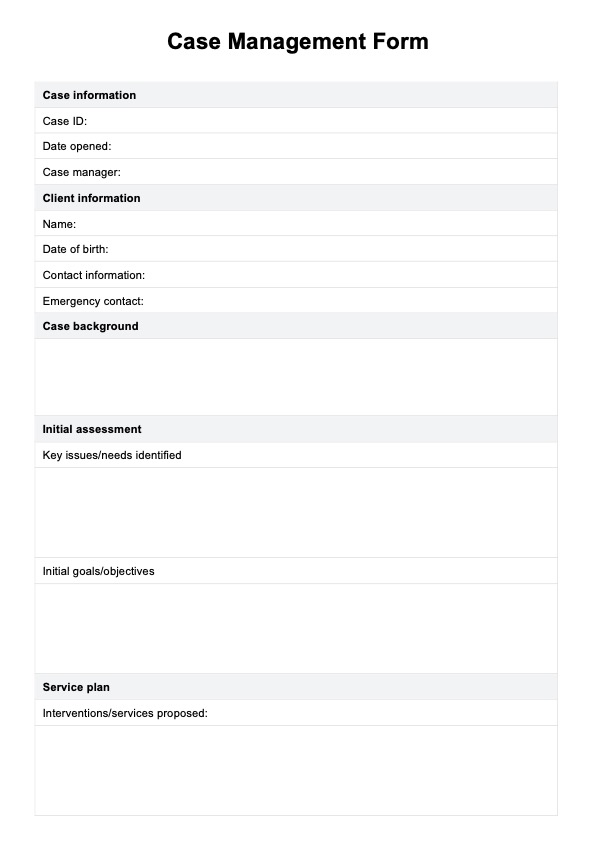
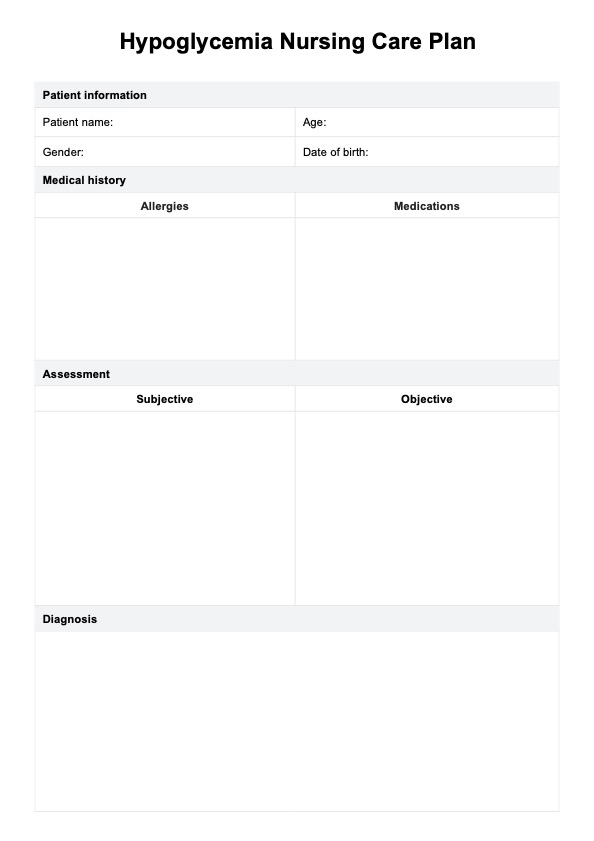
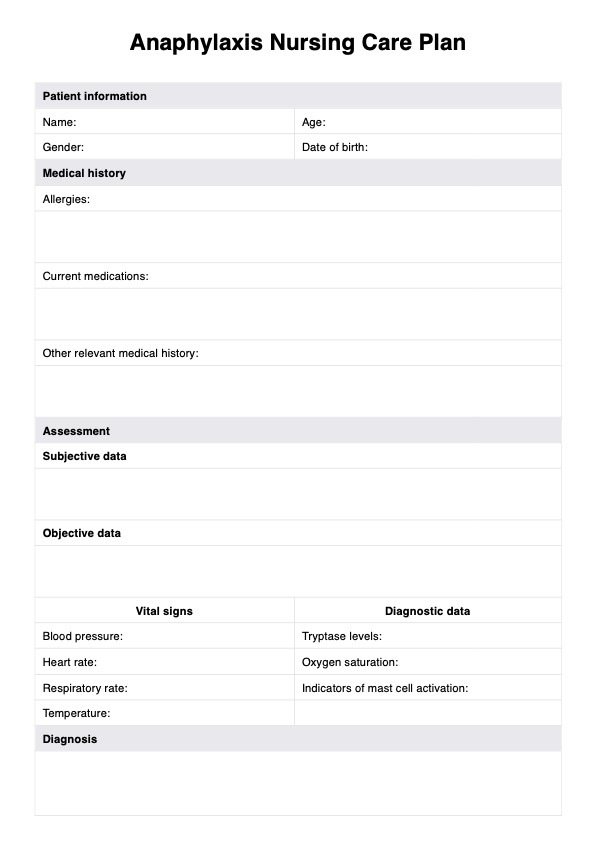
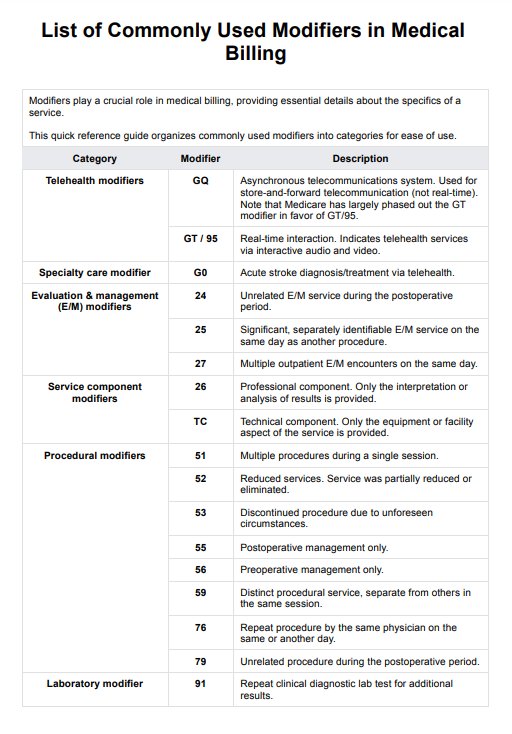



-template.jpg)






